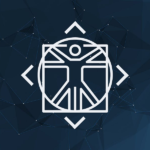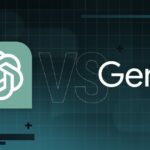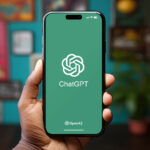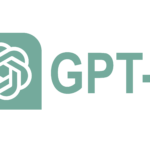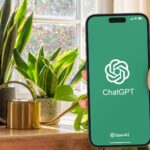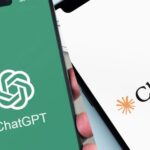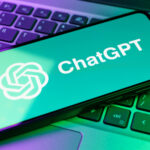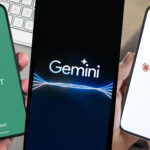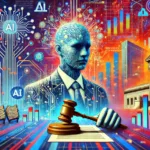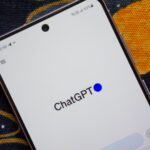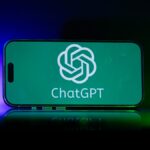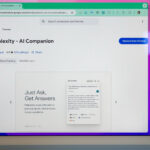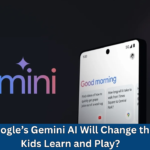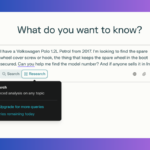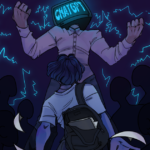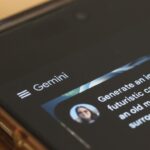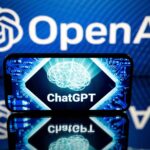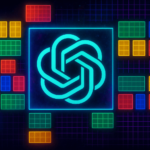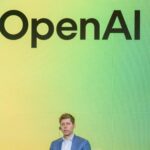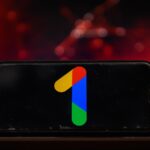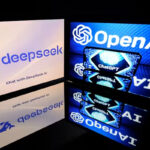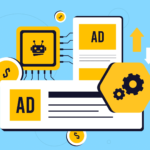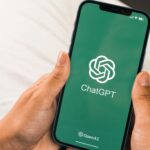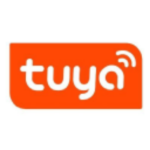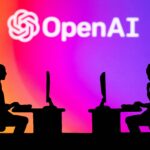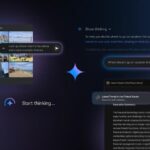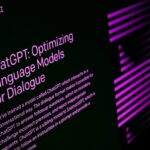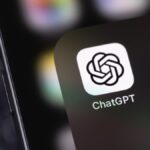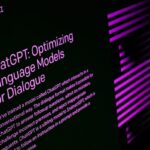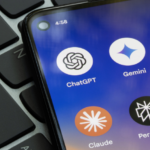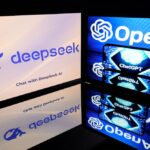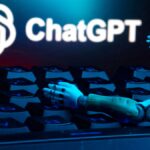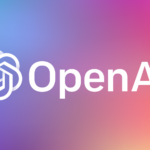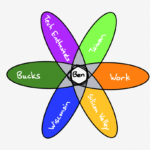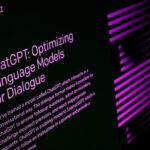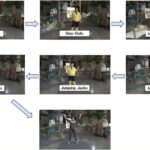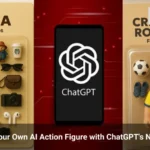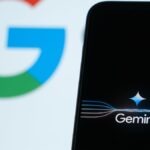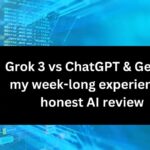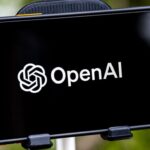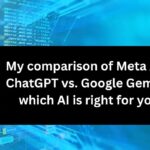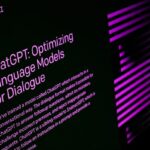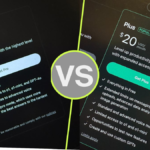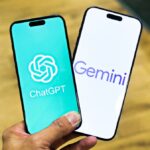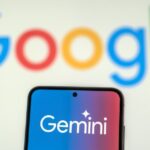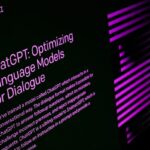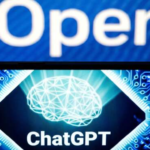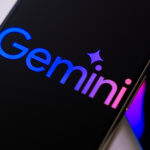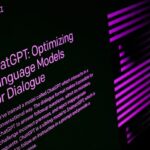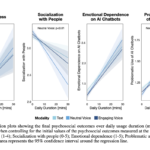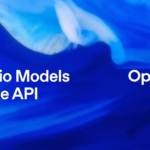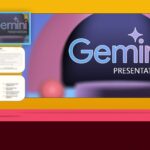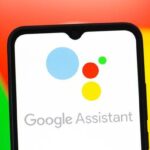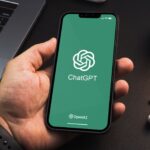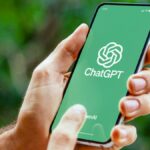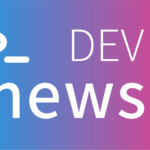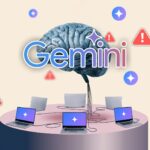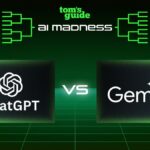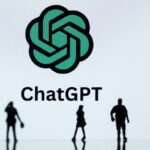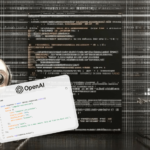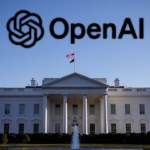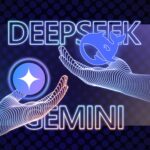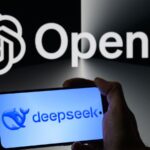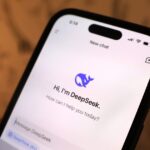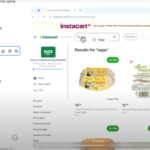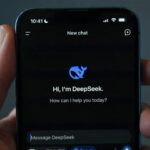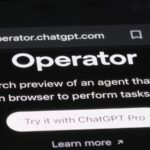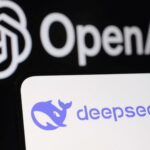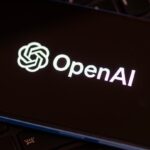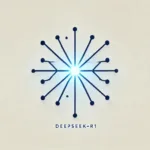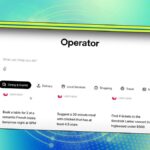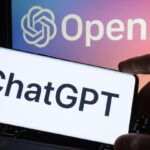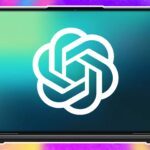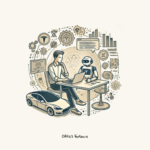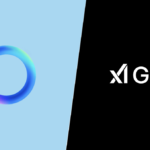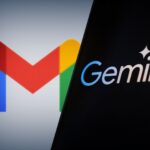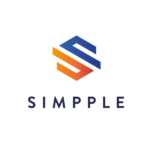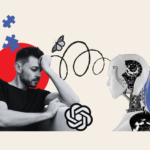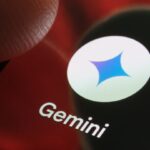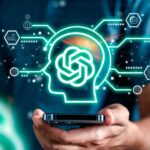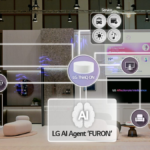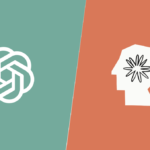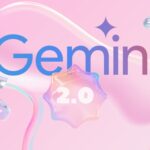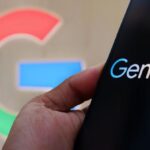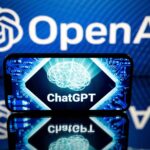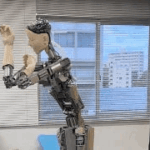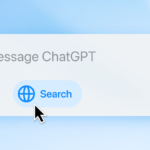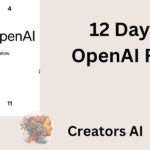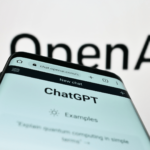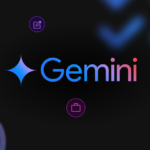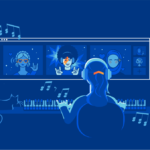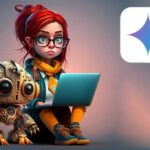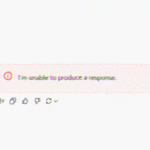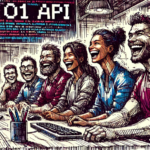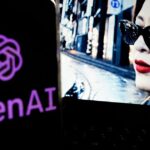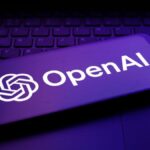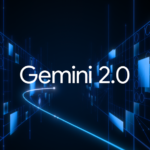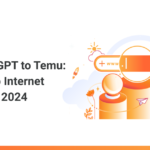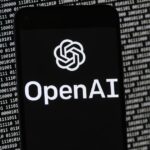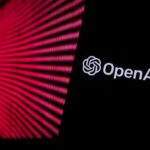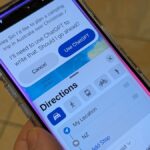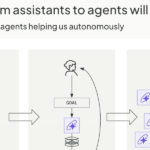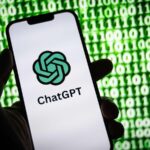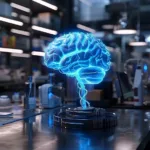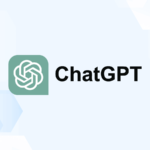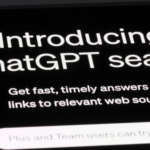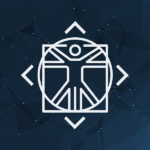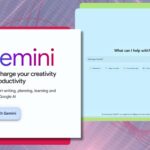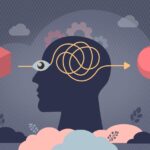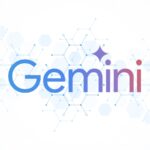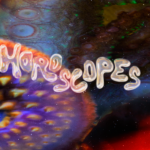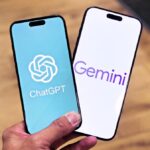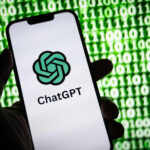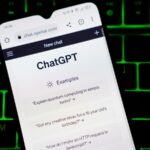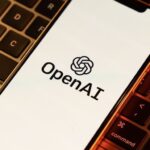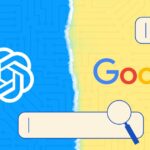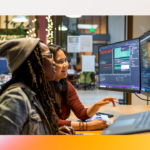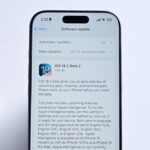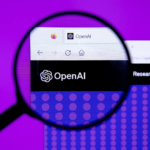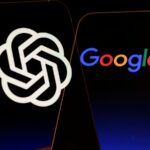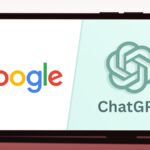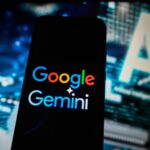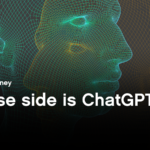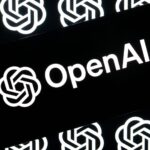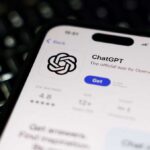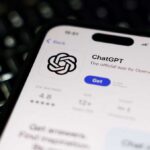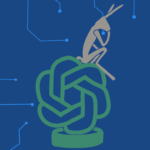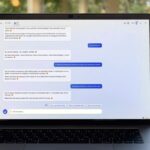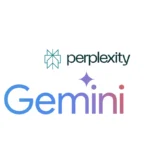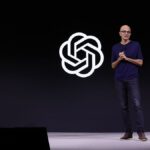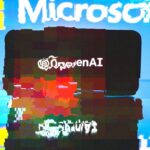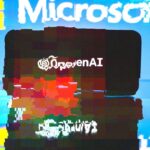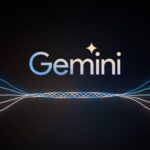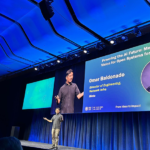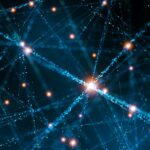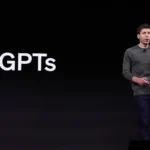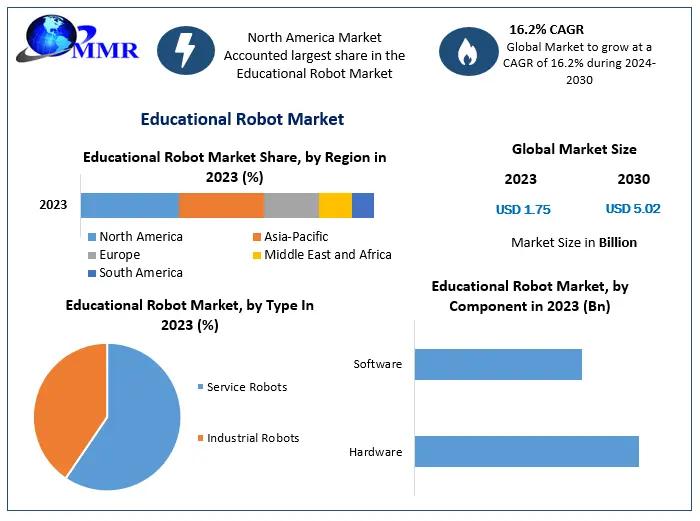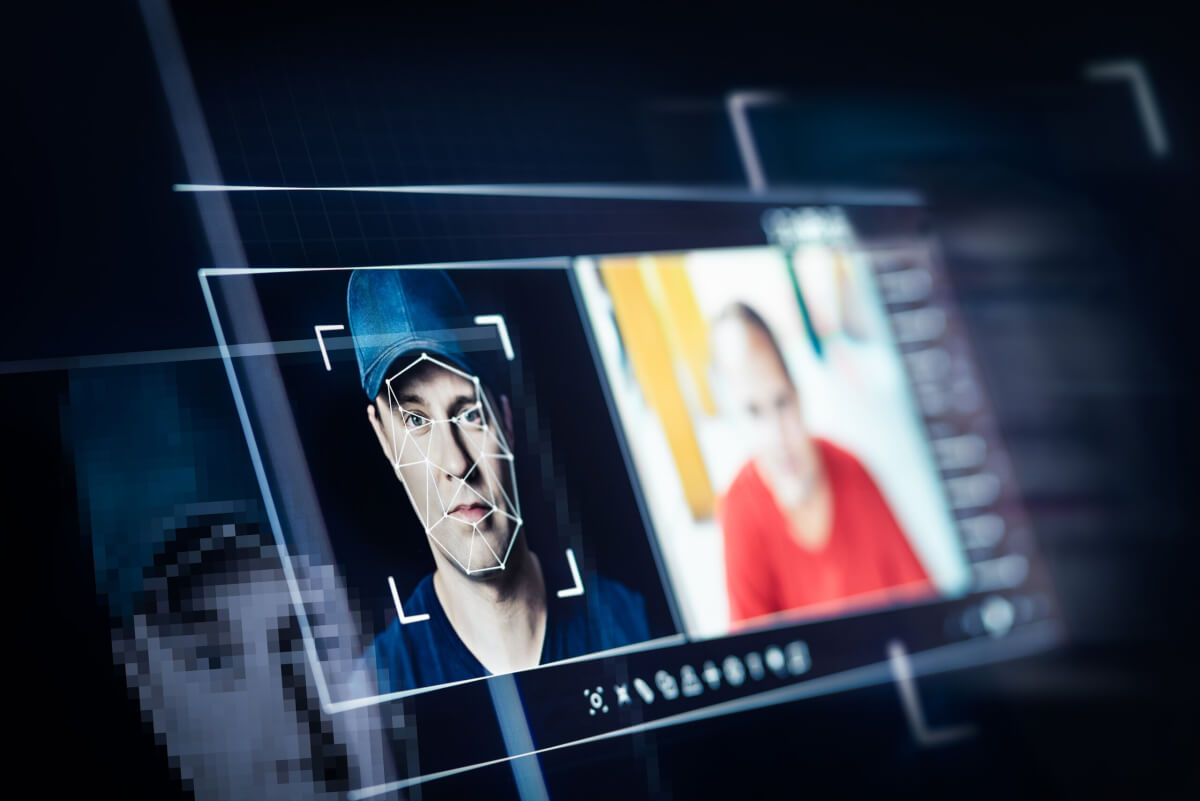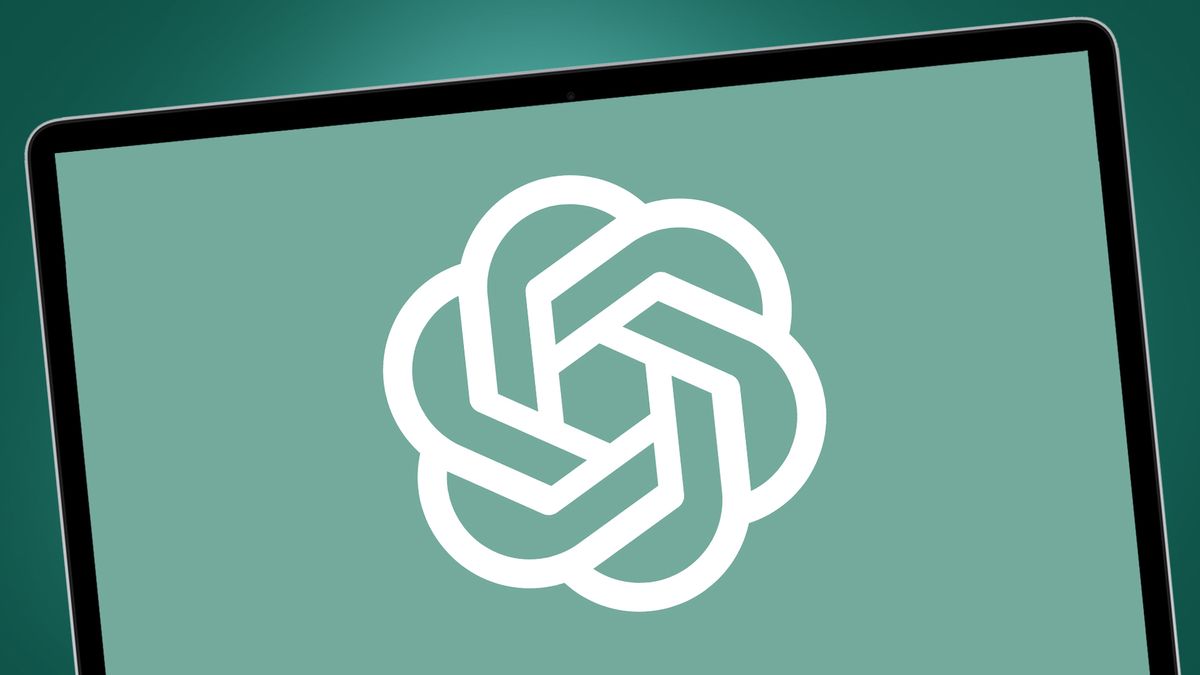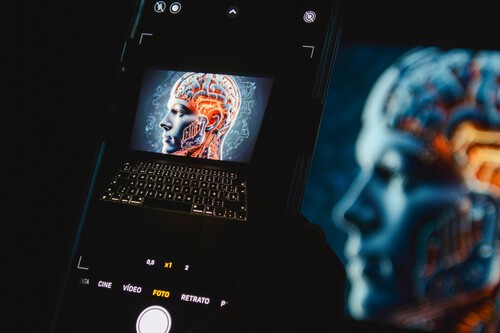Noticias
OpenAI’s Economic Blueprint – Sync #502
Published
11 meses agoon
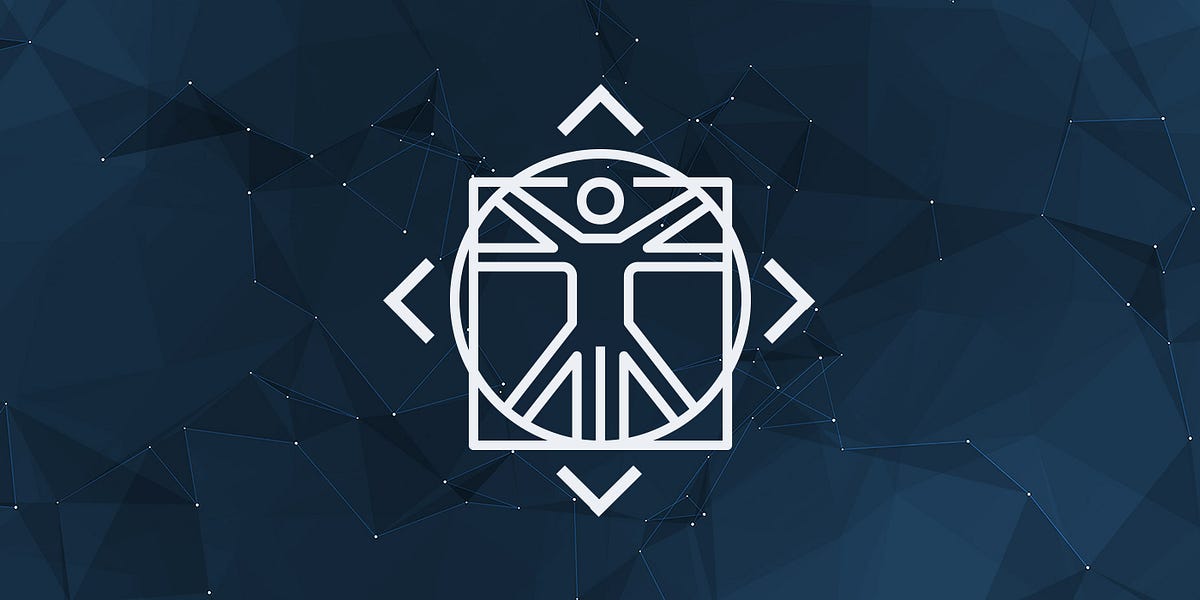
Hello and welcome to Sync #502!
In this week’s issue, we take a closer look at OpenAI’s Economic Blueprint, which outlines policy proposals preferred by OpenAI for how the US can maximise AI’s benefits, bolster national security, and drive economic growth.
Elsewhere in AI, Mark Zuckerberg said that AI could soon do the work of Meta’s midlevel engineers, Elon Musk wants courts to force OpenAI to auction off a significant ownership stake, and President Joe Biden issued an executive order to accelerate the domestic construction of AI infrastructure.
Over in robotics, OpenAI is taking robotics seriously again and is looking for people to join its newly reformed robotics team. We also have another video of a humanoid robot, and how soft robotics can help create more flexible, quieter, and adaptable robots.
In other news, Neuralink announced that its brain-computer interface has been implanted in a third patient. We also look at how AI is helping archaeologists read ancient texts, meet a startup planning to bury micro-nuclear reactors to power data centres and explore the future of nanotechnology.
Enjoy!
The car was not invented in America—it was invented in Europe. This invention promised to revolutionise the world and completely reimagine every aspect of our lives—how we work, how we do business, and how we live our everyday lives. It promised to unlock new ways of living and new opportunities for economic growth.
However, not everyone saw cars and the emerging automotive industry as an opportunity. Many countries introduced laws and regulations that hindered cars—this new, exciting technology—from reaching their full potential. Meanwhile, America seized this opportunity and transformed the automotive industry into one of the pillars of its 20th-century economy. While individual states invested in the necessary infrastructure and business incentives for the automotive industry to thrive, the federal government funded the massive highway system that connected the country.
This is the story that OpenAI opens its recently released Economic Blueprint and argues that history repeats before our eyes. However, instead of cars, this new vehicle of innovation, opportunity, and economic growth is AI. In this 15-page document, OpenAI outlines its preferred AI policies and how these can ensure shared and responsible AI benefits while fostering US leadership in AI development. It urges US policymakers to fully embrace AI, much as the country did a century ago with automobiles, and to create a fertile environment where the AI industry can thrive and become the new engine of economic growth.
OpenAI’s Economic Blueprint and the proposed policies are organised into three sections: Competitiveness and Security, Rules of the Road and Infrastructure as Destiny.
In the first section, OpenAI focuses on policies aimed at maintaining US leadership in AI and emphasises the need for the United States to lead in AI development through clear, consistent rules that promote innovation, ensure national security, and prevent misuse. It advocates aligning AI development with democratic values, such as free-market competition and user freedom while holding developers and users accountable for responsible use.
OpenAI warns of the risks posed by adversarial misuse of AI, including authoritarian governments using it for control, industrial espionage, novel cyber threats, and unchecked global investments flowing to nations like China.
To counter these risks, the blueprint calls for federal leadership to develop a cohesive strategy for AI. This includes prioritising the development of state-of-the-art frontier models with robust safeguards, streamlining regulations, and promoting collaboration with international allies. OpenAI also advocates for deeper collaboration with national security organizations (the company highlights here its partnerships with agencies like Los Alamos National Laboratory and the Air Force Research Laboratory, as well as recently the announced partnership with defence startup Andruil), to develop best practices for deploying AI securely and addressing emerging threats.
Export policies should securely share AI advancements with partner nations to strengthen their AI ecosystems while restricting access for adversaries. OpenAI also emphasises the need for an international coalition to establish shared safety standards and prevent regulatory fragmentation.
OpenAI highlights the importance of establishing clear and practical guidelines to ensure AI is developed and used responsibly while maximising its benefits for society. It emphasises that AI, like past transformative technologies, requires thoughtful governance to unlock its full potential. By setting these rules early, OpenAI argues, the US can lay the foundation for the rapid and widespread adoption of AI and empower users across the country.
OpenAI advocates for robust safeguards to prevent the creation of harmful AI-generated content and calls for stronger collaboration between AI companies and law enforcement. To build public trust in AI, it proposes using provenance data to trace AI-generated content back to its source. OpenAI also emphasises empowering users with control over their AI tools, including how personal data is used and the ability to personalise AI to their preferences.
OpenAI encourages states to serve as testing grounds for AI innovation, particularly in education and healthcare, fostering local AI ecosystems while increasing public confidence in the technology. By implementing these “rules of the road,” OpenAI believes the US can establish a secure, innovative, and user-centric AI ecosystem that benefits all Americans.
OpenAI underscores the critical role of infrastructure in securing US leadership in AI and fostering economic growth. Drawing parallels to the transformative impact of the automobile industry, OpenAI emphasises the need to develop the foundational resources—chips, data, energy, and talent—necessary for the AI industry to thrive. OpenAI argues that timely investment in these areas could catalyse a “reindustrialisation” of the US, creating widespread economic opportunities and bolstering global competitiveness.
To meet the growing demand for AI compute and energy, OpenAI proposes initiatives such as AI Economic Zones to fast-track infrastructure projects, increased investment in new energy sources, and a National AI Infrastructure Highway to connect regional power and communication grids. It also advocates digitising public data to support US AI developers of all sizes. In return, OpenAI suggests, developers using this data could collaborate with the government to generate insights that inform the development of better public policies.
The document envisions the creation of AI research labs aligned with local industries. As an example, the blueprint suggests Kansas could establish a hub dedicated to applying AI in agriculture, while Texas or Pennsylvania could develop hubs focused on integrating AI into power production and grid resilience.
The section also warns of the risks of inaction, such as allowing global AI investments (which OpenAI estimates at $175 billion) to flow to adversaries like China, and emphasises the importance of policies that ensure AI is built on democratic foundations. By investing in infrastructure and fostering the growth of AI ecosystems, OpenAI envisions a future where the US remains at the forefront of innovation while unlocking economic opportunities across the country.
In essence, OpenAI’s Economic Blueprint brings together what OpenAI and its CEO, Sam Altman, have been advocating for for the last two years. It calls on the US government to take decisive action to establish a federal legal framework that sets clear rules for the AI industry. At the same time, OpenAI urges the US government to step in and support the development of infrastructure necessary for an AI-powered economy — from creating new energy sources to investing in the chip industry and education.
With these policies in place, OpenAI argues, the US can win the AI race. In fact, OpenAI goes even further and says the US must win this race. The document suggests that if these policies are not implemented, it will be China—not the US—that benefits most from AI and dictates the course of the technology. This “us versus them” rhetoric appears throughout the document, aiming to use patriotism or nationalism to rally support for OpenAI’s proposed policies. OpenAI frames AI development as a critical battle for technological leadership and security between democratic nations like the US and authoritarian adversaries like China—a framing reminiscent of the Cold War.
With the new Trump administration set to take power soon, OpenAI might find greater success in convincing the White House and the US government to adopt its preferred AI policies.
By using the car industry as an analogy to the AI industry, OpenAI references one of the industries that defined the 20th-century United States. The car and the automotive industry redefined what America is and transformed how people work, conduct business, and live. OpenAI argues that AI will play a similarly transformative role in the 21st century. However, for history to repeat itself, decisive actions must be taken, according to OpenAI. Otherwise, AI will not be associated with the US, and the benefits of AI will be reaped by someone else.
The full Blueprint is available here.
If you enjoy this post, please click the ❤️ button or share it.
Share
Do you like my work? Consider becoming a paying subscriber to support it
Become a paid subscriber
For those who prefer to make a one-off donation, you can ‘buy me a coffee’ via Ko-fi. Every coffee bought is a generous support towards the work put into this newsletter.
Your support, in any form, is deeply appreciated and goes a long way in keeping this newsletter alive and thriving.
Musk Says Neuralink Implanted Third Patient With Brain Device
Speaking at an event in Las Vegas, Elon Musk announced that Neuralink’s brain-computer interface has been implanted in a third patient. “We’ve now got three humans with Neuralinks implanted, and they’re all working well,” said Musk, adding that the company plans to carry out about 20 to 30 more implants in 2025.
▶️ It’s not fair having 12 pairs of legs (9:58)
I’ve recently been reminded about this TED Talk by Aimee Mullins from 2009. While her talk focuses on redefining disability and turning it into a superpower, it is also about how people react to someone who changed their body beyond what most will ever encounter. The story Mullins shares about someone telling her it’s unfair that she can choose her height offers insight into how people might respond if—or when—radical human augmentation becomes a reality.
Omi, a competitor to Friend, wants to boost your productivity using AI and a ‘brain interface’
Meet Omi, yet another AI-first device revealed at CES 2025. Similar to other devices in this category, such as Rabbit, Humane, and Friend, this AI wearable offers functions like answering questions, summarising conversations, creating to-do lists, and scheduling meetings. Like its predecessors, it features a sleek, futuristic design. However, unlike its predecessors, Omi is positioned as a complementary device to smartphones rather than a replacement or AI companion. Additionally, it includes a built-in brain interface to detect user commands without requiring a wake word.I have some doubts, but let’s wait for independent reviews, which are expected in Q2 2025 when the device is planned to be shipped.
▶️ Nanotechnology: The Future of Everything (36:48)
In this video, Isaac Arthur takes a closer look at nanotechnology—exploring its origins, the challenges and risks of engineering at the nanoscale, and the enormous potential this technology holds for manufacturing, medicine, and many other areas. Arthur compares the current state of nanotechnology to that of artificial intelligence a decade ago—when the AI we have today seemed like science fiction. The same, Arthur argues, could happen to nanotechnology and massively transform our lives.
Mark Zuckerberg says AI could soon do the work of Meta’s midlevel engineers
In a conversation with Joe Rogan, Mark Zuckerberg revealed Meta’s plans to automate the work of mid-level software engineers by 2025. Meta aims to have all coding for its apps eventually generated by AI, potentially making coding a fully automated skill which could lead to significant cost savings.
Biden opens federal land for AI data centers, sets rules for developers
President Joe Biden issued an executive order to accelerate the domestic construction of AI infrastructure and address national security risks associated with the technology. The US Department of Defense and Department of Energy are authorised to lease federal sites for gigawatt-scale AI data centres. The order also issued guidelines for AI developers using the sites to not only build, operate, and maintain the leased centres at full cost, but also to deliver clean energy resources to match their capacity needs to prevent increases in electricity costs. The move aligns with efforts to keep AI development onshore and reduce reliance on foreign resources. Agencies will now select federal sites for AI data centres, after which developers can submit lease proposals.
Elon Musk wants courts to force OpenAI to auction off a large ownership stake
The battle between OpenAI and Elon Musk continues. According to a report by the Financial Times, Elon Musk’s lawyer has urged the attorneys general of California and Delaware to force OpenAI to auction a significant stake in its business. OpenAI plans to convert into a public benefit corporation, with its nonprofit retaining shares—a move Musk has legally challenged, arguing it undervalues the nonprofit’s assets and unfairly consolidates power. OpenAI defends the conversion as a means to fund its mission better, while Musk and allies, including Meta, continue to voice concerns over governance, transparency, and potential monopolisation.
AI researcher François Chollet founds a new AI lab focused on AGI
There is a new AI lab focusing on AGI on the block. It’s called Ndea and was founded by François Chollet—a well-respected AI researcher, the author of Keras (a popular deep learning framework) and the co-creator of the ARC Benchmark and ARC-AGI Prize—and Mike Knoop, the founder of Zapier. As Chollet writes in his tweet, Ndea will focus on researching deep learning-guided program synthesis, a promising new method of building AI systems, which the team hopes will eventually lead to AGI.
How AI is unlocking ancient texts — and could rewrite history
AI is revolutionising archaeology by helping decipher ancient texts, reconstruct incomplete documents, and analyse vast historical archives. Recent projects include the Vesuvius Challenge, where AI revealed text from carbonised Herculaneum scrolls, and the Ithaca model, which restores missing words and dates Greek inscriptions. AI has also translated Korean royal archives and made strides in decoding rare scripts like Linear B. By combining machine learning with human expertise, researchers are uncovering hidden knowledge and making new discoveries about the ancient world.
Asimov’s Laws of Robotics Need an Update for AI
For decades, Asimov’s famous Three Laws of Robotics have been shaping the discourse on AI and robotics ethics. Times, however, have changed, and we now live in a world flooded with deepfakes and AI-generated misinformation. To address the rise in AI-generated misinformation and deepfakes, this article proposes a fourth law: A robot or AI must not deceive a human by impersonating a human being, and suggests how this fourth law could be implemented.
It’s Time to Move Past AI Nationalism
”AI nationalism depicts AI as a battle to be won, rather than an opportunity to be harnessed,” writes Verity Harding in this article calling to stop viewing the AI race from a nationalistic point of view, to not view AI through a competitive and nationalistic lens, influenced by geopolitical tensions, and to embrace diplomacy and collaborative frameworks in managing AI’s global impact. As Harding notes, there are signs that this shift is happening.
AI Brad Pitt dupes French woman out of €830,000
Here is yet another example of AI is being used by scammers. A 53-year-old French woman was conned out of €830,000 by scammers posing as actor Brad Pitt. For over 18 months, the scammers used AI-generated photos, videos, and fabricated news reports to convince the woman that she was interacting with the real Brad Pitt. When she realised it was a scam, the woman contacted the authorities and later publicly shared her story. While mockery dominated online responses, some posts and media highlighted the need for empathy and greater awareness of modern digital scams.
Transformer²: Self-Adaptive LLMs
Researchers from the Japanese AI lab Sakana.ai present Transformer²—a new approach to developing large language models that can adjust their own weights dynamically and adapt to new knowledge. The results presented in the paper look promising. Researchers hope this new approach will eventually lead to models embodying “living intelligence” that continually learn, evolve and adapt over time.
If you’re enjoying the insights and perspectives shared in the Humanity Redefined newsletter, why not spread the word?
Refer a friend
New OpenAI job listings reveal the company’s robotics plans
After dismantling its robotics team in 2021, OpenAI is now taking robotics seriously again and is looking for people to join its newly reformed robotics team. Caitlin Kalinowski, who leads OpenAI’s robotics efforts, recently tweeted that the company has open job listings for robotics engineers to develop “general-purpose,” “adaptive,” and “versatile” robots capable of human-like intelligence in dynamic, real-world settings. The company is looking to recruit engineers experienced in designing systems for high-volume manufacturing (1M+ units), hinting at potential plans for “full-scale production” of robots. While there are no further details on the type of robots OpenAI intends to build, rumours suggest that humanoid robots may be on the table.
▶️ Unitree G1 Bionic: Agile Upgrade (1:06)
Another week, another video of a humanoid robot. This time, the Chinese company Unitree showcases how its humanoid robot, G1, can navigate challenging terrain, such as stone-laden surfaces, running up and down hills, and climbing stairs.
▶️ How we can make robots more human-like (12:50)
In this talk, Robert Katzschmann, Assistant Professor of Robotics at ETH Zurich, shares his vision for soft robotics, which takes inspiration from nature to create more flexible, quieter, and adaptable robots. Katzschmann explains how these robots differ from traditional robots and demonstrates one on the stage. He also showcases his latest research project—a robotic leg powered by artificial hydraulic muscles—and its potential to revolutionise robotics for everyday life.
Illumina, Nvidia Launch AI-Based Genomics Partnership
Nvidia and Illumina announced a partnership to apply genomics and AI technologies in drug discovery, clinical research, and human health. The partnership will focus on developing biology foundation models, integrating Nvidia tools like RAPIDS and BioNeMo with Illumina’s multi-omics analysis tools, with production-ready solutions expected before the end of the year.
Nuclear startup Deep Fission plans to bury micro-reactors to power data centers
The growing demand for greater computing power has spurred interest in nuclear power and brought attention to the emerging ecosystem of startups focused on nuclear energy. One such startup is Deep Fission, which recently signed a deal with data centre developer Endeavour to deliver 2 gigawatts from its small modular reactors (SMRs) buried in boreholes one mile deep, using depth as a substitute for extensive concrete shielding. Deep Fission’s reactors are designed to be affordable, targeting electricity costs of 5–7 cents per kilowatt-hour, significantly lower than current nuclear power costs. The company aims to activate its first reactor by 2029.
Thanks for reading. If you enjoyed this post, please click the ❤️ button or share it.
Share
Humanity Redefined sheds light on the bleeding edge of technology and how advancements in AI, robotics, and biotech can usher in abundance, expand humanity’s horizons, and redefine what it means to be human.
A big thank you to my paid subscribers, to my Patrons: whmr, Florian, dux, Eric, Preppikoma and Andrew, and to everyone who supports my work on Ko-Fi. Thank you for the support!
My DMs are open to all subscribers. Feel free to drop me a message, share feedback, or just say “hi!”
You may like
Noticias
Revivir el compromiso en el aula de español: un desafío musical con chatgpt – enfoque de la facultad
Published
6 meses agoon
6 junio, 2025
A mitad del semestre, no es raro notar un cambio en los niveles de energía de sus alumnos (Baghurst y Kelley, 2013; Kumari et al., 2021). El entusiasmo inicial por aprender un idioma extranjero puede disminuir a medida que otros cursos con tareas exigentes compitan por su atención. Algunos estudiantes priorizan las materias que perciben como más directamente vinculadas a su especialidad o carrera, mientras que otros simplemente sienten el peso del agotamiento de mediados de semestre. En la primavera, los largos meses de invierno pueden aumentar esta fatiga, lo que hace que sea aún más difícil mantener a los estudiantes comprometidos (Rohan y Sigmon, 2000).
Este es el momento en que un instructor de idiomas debe pivotar, cambiando la dinámica del aula para reavivar la curiosidad y la motivación. Aunque los instructores se esfuerzan por incorporar actividades que se adapten a los cinco estilos de aprendizaje preferidos (Felder y Henriques, 1995)-Visual (aprendizaje a través de imágenes y comprensión espacial), auditivo (aprendizaje a través de la escucha y discusión), lectura/escritura (aprendizaje a través de interacción basada en texto), Kinesthetic (aprendizaje a través de movimiento y actividades prácticas) y multimodal (una combinación de múltiples estilos)-its is beneficiales). Estructurado y, después de un tiempo, clases predecibles con actividades que rompen el molde. La introducción de algo inesperado y diferente de la dinámica del aula establecida puede revitalizar a los estudiantes, fomentar la creatividad y mejorar su entusiasmo por el aprendizaje.
La música, en particular, ha sido durante mucho tiempo un aliado de instructores que enseñan un segundo idioma (L2), un idioma aprendido después de la lengua nativa, especialmente desde que el campo hizo la transición hacia un enfoque más comunicativo. Arraigado en la interacción y la aplicación del mundo real, el enfoque comunicativo prioriza el compromiso significativo sobre la memorización de memoria, ayudando a los estudiantes a desarrollar fluidez de formas naturales e inmersivas. La investigación ha destacado constantemente los beneficios de la música en la adquisición de L2, desde mejorar la pronunciación y las habilidades de escucha hasta mejorar la retención de vocabulario y la comprensión cultural (DeGrave, 2019; Kumar et al. 2022; Nuessel y Marshall, 2008; Vidal y Nordgren, 2024).
Sobre la base de esta tradición, la actividad que compartiremos aquí no solo incorpora música sino que también integra inteligencia artificial, agregando una nueva capa de compromiso y pensamiento crítico. Al usar la IA como herramienta en el proceso de aprendizaje, los estudiantes no solo se familiarizan con sus capacidades, sino que también desarrollan la capacidad de evaluar críticamente el contenido que genera. Este enfoque los alienta a reflexionar sobre el lenguaje, el significado y la interpretación mientras participan en el análisis de texto, la escritura creativa, la oratoria y la gamificación, todo dentro de un marco interactivo y culturalmente rico.
Descripción de la actividad: Desafío musical con Chatgpt: “Canta y descubre”
Objetivo:
Los estudiantes mejorarán su comprensión auditiva y su producción escrita en español analizando y recreando letras de canciones con la ayuda de ChatGPT. Si bien las instrucciones se presentan aquí en inglés, la actividad debe realizarse en el idioma de destino, ya sea que se enseñe el español u otro idioma.
Instrucciones:
1. Escuche y decodifique
- Divida la clase en grupos de 2-3 estudiantes.
- Elija una canción en español (por ejemplo, La Llorona por chavela vargas, Oye CÓMO VA por Tito Puente, Vivir mi Vida por Marc Anthony).
- Proporcione a cada grupo una versión incompleta de la letra con palabras faltantes.
- Los estudiantes escuchan la canción y completan los espacios en blanco.
2. Interpretar y discutir
- Dentro de sus grupos, los estudiantes analizan el significado de la canción.
- Discuten lo que creen que transmiten las letras, incluidas las emociones, los temas y cualquier referencia cultural que reconocan.
- Cada grupo comparte su interpretación con la clase.
- ¿Qué crees que la canción está tratando de comunicarse?
- ¿Qué emociones o sentimientos evocan las letras para ti?
- ¿Puedes identificar alguna referencia cultural en la canción? ¿Cómo dan forma a su significado?
- ¿Cómo influye la música (melodía, ritmo, etc.) en su interpretación de la letra?
- Cada grupo comparte su interpretación con la clase.
3. Comparar con chatgpt
- Después de formar su propio análisis, los estudiantes preguntan a Chatgpt:
- ¿Qué crees que la canción está tratando de comunicarse?
- ¿Qué emociones o sentimientos evocan las letras para ti?
- Comparan la interpretación de ChatGPT con sus propias ideas y discuten similitudes o diferencias.
4. Crea tu propio verso
- Cada grupo escribe un nuevo verso que coincide con el estilo y el ritmo de la canción.
- Pueden pedirle ayuda a ChatGPT: “Ayúdanos a escribir un nuevo verso para esta canción con el mismo estilo”.
5. Realizar y cantar
- Cada grupo presenta su nuevo verso a la clase.
- Si se sienten cómodos, pueden cantarlo usando la melodía original.
- Es beneficioso que el profesor tenga una versión de karaoke (instrumental) de la canción disponible para que las letras de los estudiantes se puedan escuchar claramente.
- Mostrar las nuevas letras en un monitor o proyector permite que otros estudiantes sigan y canten juntos, mejorando la experiencia colectiva.
6. Elección – El Grammy va a
Los estudiantes votan por diferentes categorías, incluyendo:
- Mejor adaptación
- Mejor reflexión
- Mejor rendimiento
- Mejor actitud
- Mejor colaboración
7. Reflexión final
- ¿Cuál fue la parte más desafiante de comprender la letra?
- ¿Cómo ayudó ChatGPT a interpretar la canción?
- ¿Qué nuevas palabras o expresiones aprendiste?
Pensamientos finales: música, IA y pensamiento crítico
Un desafío musical con Chatgpt: “Canta y descubre” (Desafío Musical Con Chatgpt: “Cantar y Descubrir”) es una actividad que he encontrado que es especialmente efectiva en mis cursos intermedios y avanzados. Lo uso cuando los estudiantes se sienten abrumados o distraídos, a menudo alrededor de los exámenes parciales, como una forma de ayudarlos a relajarse y reconectarse con el material. Sirve como un descanso refrescante, lo que permite a los estudiantes alejarse del estrés de las tareas y reenfocarse de una manera divertida e interactiva. Al incorporar música, creatividad y tecnología, mantenemos a los estudiantes presentes en la clase, incluso cuando todo lo demás parece exigir su atención.
Más allá de ofrecer una pausa bien merecida, esta actividad provoca discusiones atractivas sobre la interpretación del lenguaje, el contexto cultural y el papel de la IA en la educación. A medida que los estudiantes comparan sus propias interpretaciones de las letras de las canciones con las generadas por ChatGPT, comienzan a reconocer tanto el valor como las limitaciones de la IA. Estas ideas fomentan el pensamiento crítico, ayudándoles a desarrollar un enfoque más maduro de la tecnología y su impacto en su aprendizaje.
Agregar el elemento de karaoke mejora aún más la experiencia, dando a los estudiantes la oportunidad de realizar sus nuevos versos y divertirse mientras practica sus habilidades lingüísticas. Mostrar la letra en una pantalla hace que la actividad sea más inclusiva, lo que permite a todos seguirlo. Para hacerlo aún más agradable, seleccionando canciones que resuenen con los gustos de los estudiantes, ya sea un clásico como La Llorona O un éxito contemporáneo de artistas como Bad Bunny, Selena, Daddy Yankee o Karol G, hace que la actividad se sienta más personal y atractiva.
Esta actividad no se limita solo al aula. Es una gran adición a los clubes españoles o eventos especiales, donde los estudiantes pueden unirse a un amor compartido por la música mientras practican sus habilidades lingüísticas. Después de todo, ¿quién no disfruta de una buena parodia de su canción favorita?
Mezclar el aprendizaje de idiomas con música y tecnología, Desafío Musical Con Chatgpt Crea un entorno dinámico e interactivo que revitaliza a los estudiantes y profundiza su conexión con el lenguaje y el papel evolutivo de la IA. Convierte los momentos de agotamiento en oportunidades de creatividad, exploración cultural y entusiasmo renovado por el aprendizaje.
Angela Rodríguez Mooney, PhD, es profesora asistente de español y la Universidad de Mujeres de Texas.
Referencias
Baghurst, Timothy y Betty C. Kelley. “Un examen del estrés en los estudiantes universitarios en el transcurso de un semestre”. Práctica de promoción de la salud 15, no. 3 (2014): 438-447.
DeGrave, Pauline. “Música en el aula de idiomas extranjeros: cómo y por qué”. Revista de Enseñanza e Investigación de Lenguas 10, no. 3 (2019): 412-420.
Felder, Richard M. y Eunice R. Henriques. “Estilos de aprendizaje y enseñanza en la educación extranjera y de segundo idioma”. Anales de idiomas extranjeros 28, no. 1 (1995): 21-31.
Nuessel, Frank y April D. Marshall. “Prácticas y principios para involucrar a los tres modos comunicativos en español a través de canciones y música”. Hispania (2008): 139-146.
Kumar, Tribhuwan, Shamim Akhter, Mehrunnisa M. Yunus y Atefeh Shamsy. “Uso de la música y las canciones como herramientas pedagógicas en la enseñanza del inglés como contextos de idiomas extranjeros”. Education Research International 2022, no. 1 (2022): 1-9
Noticias
5 indicaciones de chatgpt que pueden ayudar a los adolescentes a lanzar una startup
Published
6 meses agoon
5 junio, 2025

Teen emprendedor que usa chatgpt para ayudarlo con su negocio
El emprendimiento adolescente sigue en aumento. Según Junior Achievement Research, el 66% de los adolescentes estadounidenses de entre 13 y 17 años dicen que es probable que considere comenzar un negocio como adultos, con el monitor de emprendimiento global 2023-2024 que encuentra que el 24% de los jóvenes de 18 a 24 años son actualmente empresarios. Estos jóvenes fundadores no son solo soñando, están construyendo empresas reales que generan ingresos y crean un impacto social, y están utilizando las indicaciones de ChatGPT para ayudarlos.
En Wit (lo que sea necesario), la organización que fundó en 2009, hemos trabajado con más de 10,000 jóvenes empresarios. Durante el año pasado, he observado un cambio en cómo los adolescentes abordan la planificación comercial. Con nuestra orientación, están utilizando herramientas de IA como ChatGPT, no como atajos, sino como socios de pensamiento estratégico para aclarar ideas, probar conceptos y acelerar la ejecución.
Los emprendedores adolescentes más exitosos han descubierto indicaciones específicas que los ayudan a pasar de una idea a otra. Estas no son sesiones genéricas de lluvia de ideas: están utilizando preguntas específicas que abordan los desafíos únicos que enfrentan los jóvenes fundadores: recursos limitados, compromisos escolares y la necesidad de demostrar sus conceptos rápidamente.
Aquí hay cinco indicaciones de ChatGPT que ayudan constantemente a los emprendedores adolescentes a construir negocios que importan.
1. El problema del primer descubrimiento chatgpt aviso
“Me doy cuenta de que [specific group of people]
luchar contra [specific problem I’ve observed]. Ayúdame a entender mejor este problema explicando: 1) por qué existe este problema, 2) qué soluciones existen actualmente y por qué son insuficientes, 3) cuánto las personas podrían pagar para resolver esto, y 4) tres formas específicas en que podría probar si este es un problema real que vale la pena resolver “.
Un adolescente podría usar este aviso después de notar que los estudiantes en la escuela luchan por pagar el almuerzo. En lugar de asumir que entienden el alcance completo, podrían pedirle a ChatGPT que investigue la deuda del almuerzo escolar como un problema sistémico. Esta investigación puede llevarlos a crear un negocio basado en productos donde los ingresos ayuden a pagar la deuda del almuerzo, lo que combina ganancias con el propósito.
Los adolescentes notan problemas de manera diferente a los adultos porque experimentan frustraciones únicas, desde los desafíos de las organizaciones escolares hasta las redes sociales hasta las preocupaciones ambientales. Según la investigación de Square sobre empresarios de la Generación de la Generación Z, el 84% planea ser dueños de negocios dentro de cinco años, lo que los convierte en candidatos ideales para las empresas de resolución de problemas.
2. El aviso de chatgpt de chatgpt de chatgpt de realidad de la realidad del recurso
“Soy [age] años con aproximadamente [dollar amount] invertir y [number] Horas por semana disponibles entre la escuela y otros compromisos. Según estas limitaciones, ¿cuáles son tres modelos de negocio que podría lanzar de manera realista este verano? Para cada opción, incluya costos de inicio, requisitos de tiempo y los primeros tres pasos para comenzar “.
Este aviso se dirige al elefante en la sala: la mayoría de los empresarios adolescentes tienen dinero y tiempo limitados. Cuando un empresario de 16 años emplea este enfoque para evaluar un concepto de negocio de tarjetas de felicitación, puede descubrir que pueden comenzar con $ 200 y escalar gradualmente. Al ser realistas sobre las limitaciones por adelantado, evitan el exceso de compromiso y pueden construir hacia objetivos de ingresos sostenibles.
Según el informe de Gen Z de Square, el 45% de los jóvenes empresarios usan sus ahorros para iniciar negocios, con el 80% de lanzamiento en línea o con un componente móvil. Estos datos respaldan la efectividad de la planificación basada en restricciones: cuando funcionan los adolescentes dentro de las limitaciones realistas, crean modelos comerciales más sostenibles.
3. El aviso de chatgpt del simulador de voz del cliente
“Actúa como un [specific demographic] Y dame comentarios honestos sobre esta idea de negocio: [describe your concept]. ¿Qué te excitaría de esto? ¿Qué preocupaciones tendrías? ¿Cuánto pagarías de manera realista? ¿Qué necesitaría cambiar para que se convierta en un cliente? “
Los empresarios adolescentes a menudo luchan con la investigación de los clientes porque no pueden encuestar fácilmente a grandes grupos o contratar firmas de investigación de mercado. Este aviso ayuda a simular los comentarios de los clientes haciendo que ChatGPT adopte personas específicas.
Un adolescente que desarrolla un podcast para atletas adolescentes podría usar este enfoque pidiéndole a ChatGPT que responda a diferentes tipos de atletas adolescentes. Esto ayuda a identificar temas de contenido que resuenan y mensajes que se sienten auténticos para el público objetivo.
El aviso funciona mejor cuando se vuelve específico sobre la demografía, los puntos débiles y los contextos. “Actúa como un estudiante de último año de secundaria que solicita a la universidad” produce mejores ideas que “actuar como un adolescente”.
4. El mensaje mínimo de diseñador de prueba viable chatgpt
“Quiero probar esta idea de negocio: [describe concept] sin gastar más de [budget amount] o más de [time commitment]. Diseñe tres experimentos simples que podría ejecutar esta semana para validar la demanda de los clientes. Para cada prueba, explique lo que aprendería, cómo medir el éxito y qué resultados indicarían que debería avanzar “.
Este aviso ayuda a los adolescentes a adoptar la metodología Lean Startup sin perderse en la jerga comercial. El enfoque en “This Week” crea urgencia y evita la planificación interminable sin acción.
Un adolescente que desea probar un concepto de línea de ropa podría usar este indicador para diseñar experimentos de validación simples, como publicar maquetas de diseño en las redes sociales para evaluar el interés, crear un formulario de Google para recolectar pedidos anticipados y pedirles a los amigos que compartan el concepto con sus redes. Estas pruebas no cuestan nada más que proporcionar datos cruciales sobre la demanda y los precios.
5. El aviso de chatgpt del generador de claridad de tono
“Convierta esta idea de negocio en una clara explicación de 60 segundos: [describe your business]. La explicación debe incluir: el problema que resuelve, su solución, a quién ayuda, por qué lo elegirían sobre las alternativas y cómo se ve el éxito. Escríbelo en lenguaje de conversación que un adolescente realmente usaría “.
La comunicación clara separa a los empresarios exitosos de aquellos con buenas ideas pero una ejecución deficiente. Este aviso ayuda a los adolescentes a destilar conceptos complejos a explicaciones convincentes que pueden usar en todas partes, desde las publicaciones en las redes sociales hasta las conversaciones con posibles mentores.
El énfasis en el “lenguaje de conversación que un adolescente realmente usaría” es importante. Muchas plantillas de lanzamiento comercial suenan artificiales cuando se entregan jóvenes fundadores. La autenticidad es más importante que la jerga corporativa.
Más allá de las indicaciones de chatgpt: estrategia de implementación
La diferencia entre los adolescentes que usan estas indicaciones de manera efectiva y aquellos que no se reducen a seguir. ChatGPT proporciona dirección, pero la acción crea resultados.
Los jóvenes empresarios más exitosos con los que trabajo usan estas indicaciones como puntos de partida, no de punto final. Toman las sugerencias generadas por IA e inmediatamente las prueban en el mundo real. Llaman a clientes potenciales, crean prototipos simples e iteran en función de los comentarios reales.
Investigaciones recientes de Junior Achievement muestran que el 69% de los adolescentes tienen ideas de negocios, pero se sienten inciertos sobre el proceso de partida, con el miedo a que el fracaso sea la principal preocupación para el 67% de los posibles empresarios adolescentes. Estas indicaciones abordan esa incertidumbre al desactivar los conceptos abstractos en los próximos pasos concretos.
La imagen más grande
Los emprendedores adolescentes que utilizan herramientas de IA como ChatGPT representan un cambio en cómo está ocurriendo la educación empresarial. Según la investigación mundial de monitores empresariales, los jóvenes empresarios tienen 1,6 veces más probabilidades que los adultos de querer comenzar un negocio, y son particularmente activos en la tecnología, la alimentación y las bebidas, la moda y los sectores de entretenimiento. En lugar de esperar clases de emprendimiento formales o programas de MBA, estos jóvenes fundadores están accediendo a herramientas de pensamiento estratégico de inmediato.
Esta tendencia se alinea con cambios más amplios en la educación y la fuerza laboral. El Foro Económico Mundial identifica la creatividad, el pensamiento crítico y la resiliencia como las principales habilidades para 2025, la capacidad de las capacidades que el espíritu empresarial desarrolla naturalmente.
Programas como WIT brindan soporte estructurado para este viaje, pero las herramientas en sí mismas se están volviendo cada vez más accesibles. Un adolescente con acceso a Internet ahora puede acceder a recursos de planificación empresarial que anteriormente estaban disponibles solo para empresarios establecidos con presupuestos significativos.
La clave es usar estas herramientas cuidadosamente. ChatGPT puede acelerar el pensamiento y proporcionar marcos, pero no puede reemplazar el arduo trabajo de construir relaciones, crear productos y servir a los clientes. La mejor idea de negocio no es la más original, es la que resuelve un problema real para personas reales. Las herramientas de IA pueden ayudar a identificar esas oportunidades, pero solo la acción puede convertirlos en empresas que importan.
Noticias
Chatgpt vs. gemini: he probado ambos, y uno definitivamente es mejor
Published
6 meses agoon
5 junio, 2025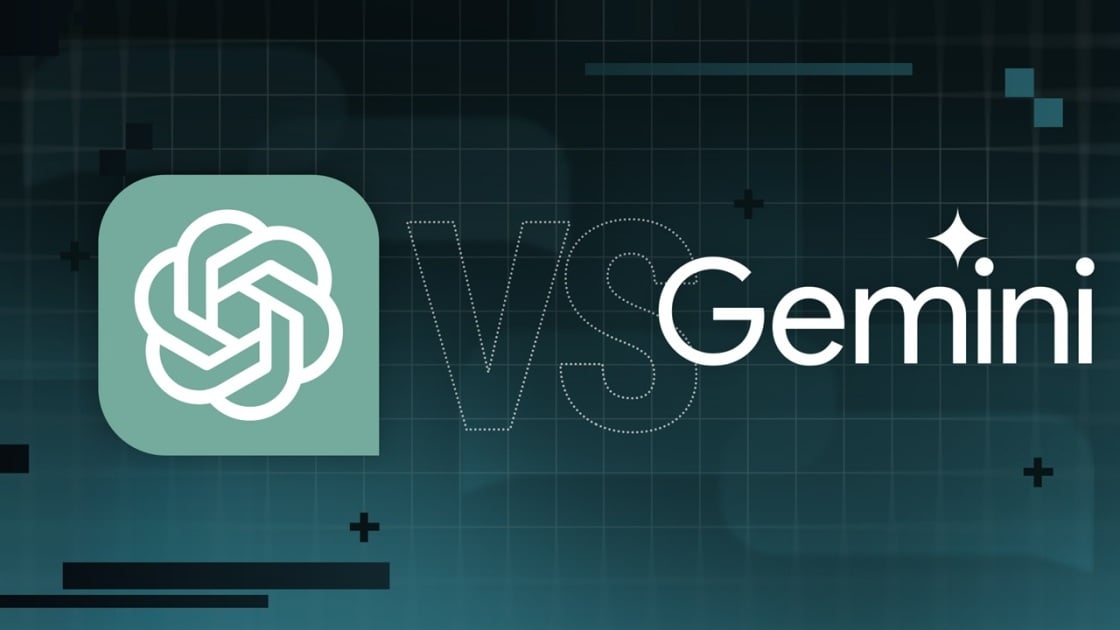
Precio
ChatGPT y Gemini tienen versiones gratuitas que limitan su acceso a características y modelos. Los planes premium para ambos también comienzan en alrededor de $ 20 por mes. Las características de chatbot, como investigaciones profundas, generación de imágenes y videos, búsqueda web y más, son similares en ChatGPT y Gemini. Sin embargo, los planes de Gemini pagados también incluyen el almacenamiento en la nube de Google Drive (a partir de 2TB) y un conjunto robusto de integraciones en las aplicaciones de Google Workspace.
Los niveles de más alta gama de ChatGPT y Gemini desbloquean el aumento de los límites de uso y algunas características únicas, pero el costo mensual prohibitivo de estos planes (como $ 200 para Chatgpt Pro o $ 250 para Gemini Ai Ultra) los pone fuera del alcance de la mayoría de las personas. Las características específicas del plan Pro de ChatGPT, como el modo O1 Pro que aprovecha el poder de cálculo adicional para preguntas particularmente complicadas, no son especialmente relevantes para el consumidor promedio, por lo que no sentirá que se está perdiendo. Sin embargo, es probable que desee las características que son exclusivas del plan Ai Ultra de Gemini, como la generación de videos VEO 3.
Ganador: Géminis
Plataformas
Puede acceder a ChatGPT y Gemini en la web o a través de aplicaciones móviles (Android e iOS). ChatGPT también tiene aplicaciones de escritorio (macOS y Windows) y una extensión oficial para Google Chrome. Gemini no tiene aplicaciones de escritorio dedicadas o una extensión de Chrome, aunque se integra directamente con el navegador.
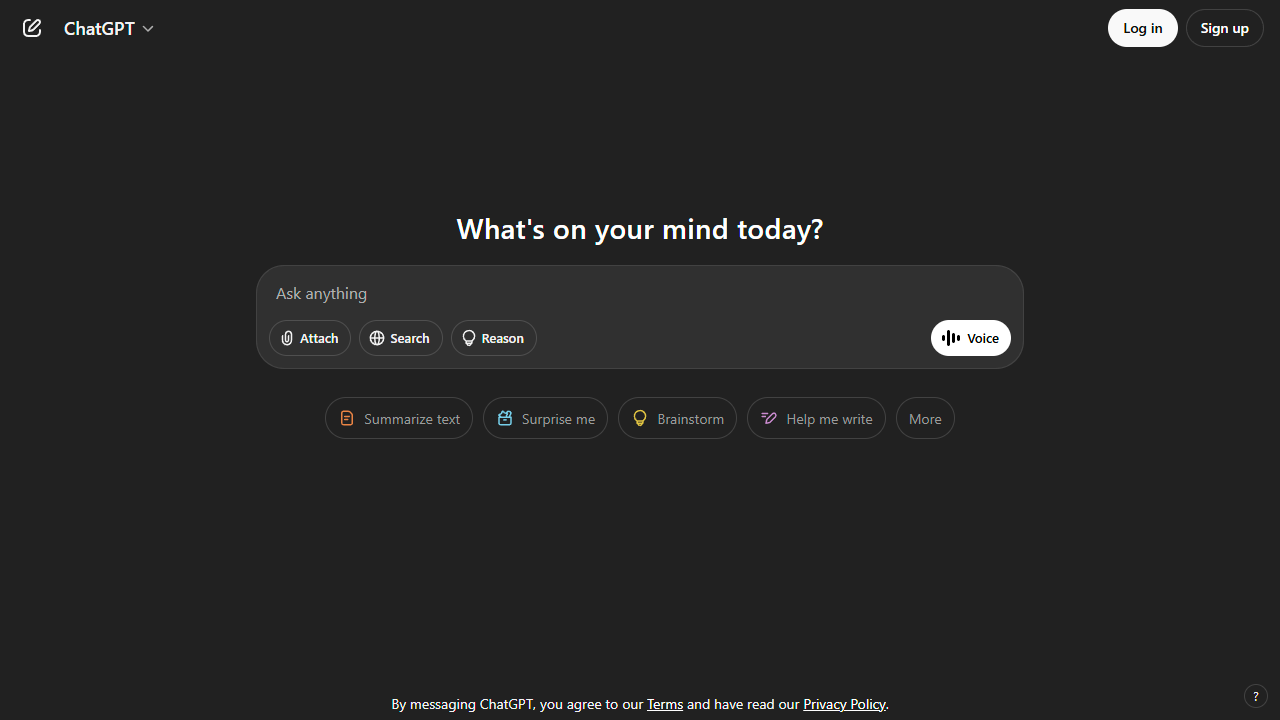
(Crédito: OpenAI/PCMAG)
Chatgpt está disponible en otros lugares, Como a través de Siri. Como se mencionó, puede acceder a Gemini en las aplicaciones de Google, como el calendario, Documento, ConducirGmail, Mapas, Mantener, FotosSábanas, y Música de YouTube. Tanto los modelos de Chatgpt como Gemini también aparecen en sitios como la perplejidad. Sin embargo, obtiene la mayor cantidad de funciones de estos chatbots en sus aplicaciones y portales web dedicados.
Las interfaces de ambos chatbots son en gran medida consistentes en todas las plataformas. Son fáciles de usar y no lo abruman con opciones y alternar. ChatGPT tiene algunas configuraciones más para jugar, como la capacidad de ajustar su personalidad, mientras que la profunda interfaz de investigación de Gemini hace un mejor uso de los bienes inmuebles de pantalla.
Ganador: empate
Modelos de IA
ChatGPT tiene dos series primarias de modelos, la serie 4 (su línea de conversación, insignia) y la Serie O (su compleja línea de razonamiento). Gemini ofrece de manera similar una serie Flash de uso general y una serie Pro para tareas más complicadas.
Los últimos modelos de Chatgpt son O3 y O4-Mini, y los últimos de Gemini son 2.5 Flash y 2.5 Pro. Fuera de la codificación o la resolución de una ecuación, pasará la mayor parte de su tiempo usando los modelos de la serie 4-Series y Flash. A continuación, puede ver cómo funcionan estos modelos en una variedad de tareas. Qué modelo es mejor depende realmente de lo que quieras hacer.
Ganador: empate
Búsqueda web
ChatGPT y Gemini pueden buscar información actualizada en la web con facilidad. Sin embargo, ChatGPT presenta mosaicos de artículos en la parte inferior de sus respuestas para una lectura adicional, tiene un excelente abastecimiento que facilita la vinculación de reclamos con evidencia, incluye imágenes en las respuestas cuando es relevante y, a menudo, proporciona más detalles en respuesta. Gemini no muestra nombres de fuente y títulos de artículos completos, e incluye mosaicos e imágenes de artículos solo cuando usa el modo AI de Google. El abastecimiento en este modo es aún menos robusto; Google relega las fuentes a los caretes que se pueden hacer clic que no resaltan las partes relevantes de su respuesta.
Como parte de sus experiencias de búsqueda en la web, ChatGPT y Gemini pueden ayudarlo a comprar. Si solicita consejos de compra, ambos presentan mosaicos haciendo clic en enlaces a los minoristas. Sin embargo, Gemini generalmente sugiere mejores productos y tiene una característica única en la que puede cargar una imagen tuya para probar digitalmente la ropa antes de comprar.
Ganador: chatgpt
Investigación profunda
ChatGPT y Gemini pueden generar informes que tienen docenas de páginas e incluyen más de 50 fuentes sobre cualquier tema. La mayor diferencia entre los dos se reduce al abastecimiento. Gemini a menudo cita más fuentes que CHATGPT, pero maneja el abastecimiento en informes de investigación profunda de la misma manera que lo hace en la búsqueda en modo AI, lo que significa caretas que se puede hacer clic sin destacados en el texto. Debido a que es más difícil conectar las afirmaciones en los informes de Géminis a fuentes reales, es más difícil creerles. El abastecimiento claro de ChatGPT con destacados en el texto es más fácil de confiar. Sin embargo, Gemini tiene algunas características de calidad de vida en ChatGPT, como la capacidad de exportar informes formateados correctamente a Google Docs con un solo clic. Su tono también es diferente. Los informes de ChatGPT se leen como publicaciones de foro elaboradas, mientras que los informes de Gemini se leen como documentos académicos.
Ganador: chatgpt
Generación de imágenes
La generación de imágenes de ChatGPT impresiona independientemente de lo que solicite, incluso las indicaciones complejas para paneles o diagramas cómicos. No es perfecto, pero los errores y la distorsión son mínimos. Gemini genera imágenes visualmente atractivas más rápido que ChatGPT, pero rutinariamente incluyen errores y distorsión notables. Con indicaciones complicadas, especialmente diagramas, Gemini produjo resultados sin sentido en las pruebas.
Arriba, puede ver cómo ChatGPT (primera diapositiva) y Géminis (segunda diapositiva) les fue con el siguiente mensaje: “Genere una imagen de un estudio de moda con una decoración simple y rústica que contrasta con el espacio más agradable. Incluya un sofá marrón y paredes de ladrillo”. La imagen de ChatGPT limita los problemas al detalle fino en las hojas de sus plantas y texto en su libro, mientras que la imagen de Gemini muestra problemas más notables en su tubo de cordón y lámpara.
Ganador: chatgpt
¡Obtenga nuestras mejores historias!
Toda la última tecnología, probada por nuestros expertos
Regístrese en el boletín de informes de laboratorio para recibir las últimas revisiones de productos de PCMAG, comprar asesoramiento e ideas.
Al hacer clic en Registrarme, confirma que tiene más de 16 años y acepta nuestros Términos de uso y Política de privacidad.
¡Gracias por registrarse!
Su suscripción ha sido confirmada. ¡Esté atento a su bandeja de entrada!
Generación de videos
La generación de videos de Gemini es la mejor de su clase, especialmente porque ChatGPT no puede igualar su capacidad para producir audio acompañante. Actualmente, Google bloquea el último modelo de generación de videos de Gemini, VEO 3, detrás del costoso plan AI Ultra, pero obtienes más videos realistas que con ChatGPT. Gemini también tiene otras características que ChatGPT no, como la herramienta Flow Filmmaker, que le permite extender los clips generados y el animador AI Whisk, que le permite animar imágenes fijas. Sin embargo, tenga en cuenta que incluso con VEO 3, aún necesita generar videos varias veces para obtener un gran resultado.
En el ejemplo anterior, solicité a ChatGPT y Gemini a mostrarme un solucionador de cubos de Rubik Rubik que resuelva un cubo. La persona en el video de Géminis se ve muy bien, y el audio acompañante es competente. Al final, hay una buena atención al detalle con el marco que se desplaza, simulando la detención de una grabación de selfies. Mientras tanto, Chatgpt luchó con su cubo, distorsionándolo en gran medida.
Ganador: Géminis
Procesamiento de archivos
Comprender los archivos es una fortaleza de ChatGPT y Gemini. Ya sea que desee que respondan preguntas sobre un manual, editen un currículum o le informen algo sobre una imagen, ninguno decepciona. Sin embargo, ChatGPT tiene la ventaja sobre Gemini, ya que ofrece un reconocimiento de imagen ligeramente mejor y respuestas más detalladas cuando pregunta sobre los archivos cargados. Ambos chatbots todavía a veces inventan citas de documentos proporcionados o malinterpretan las imágenes, así que asegúrese de verificar sus resultados.
Ganador: chatgpt
Escritura creativa
Chatgpt y Gemini pueden generar poemas, obras, historias y más competentes. CHATGPT, sin embargo, se destaca entre los dos debido a cuán únicas son sus respuestas y qué tan bien responde a las indicaciones. Las respuestas de Gemini pueden sentirse repetitivas si no calibra cuidadosamente sus solicitudes, y no siempre sigue todas las instrucciones a la carta.
En el ejemplo anterior, solicité ChatGPT (primera diapositiva) y Gemini (segunda diapositiva) con lo siguiente: “Sin hacer referencia a nada en su memoria o respuestas anteriores, quiero que me escriba un poema de verso gratuito. Preste atención especial a la capitalización, enjambment, ruptura de línea y puntuación. Dado que es un verso libre, no quiero un medidor familiar o un esquema de retiro de la rima, pero quiero que tenga un estilo de coohes. ChatGPT logró entregar lo que pedí en el aviso, y eso era distinto de las generaciones anteriores. Gemini tuvo problemas para generar un poema que incorporó cualquier cosa más allá de las comas y los períodos, y su poema anterior se lee de manera muy similar a un poema que generó antes.
Recomendado por nuestros editores
Ganador: chatgpt
Razonamiento complejo
Los modelos de razonamiento complejos de Chatgpt y Gemini pueden manejar preguntas de informática, matemáticas y física con facilidad, así como mostrar de manera competente su trabajo. En las pruebas, ChatGPT dio respuestas correctas un poco más a menudo que Gemini, pero su rendimiento es bastante similar. Ambos chatbots pueden y le darán respuestas incorrectas, por lo que verificar su trabajo aún es vital si está haciendo algo importante o tratando de aprender un concepto.
Ganador: chatgpt
Integración
ChatGPT no tiene integraciones significativas, mientras que las integraciones de Gemini son una característica definitoria. Ya sea que desee obtener ayuda para editar un ensayo en Google Docs, comparta una pestaña Chrome para hacer una pregunta, pruebe una nueva lista de reproducción de música de YouTube personalizada para su gusto o desbloquee ideas personales en Gmail, Gemini puede hacer todo y mucho más. Es difícil subestimar cuán integrales y poderosas son realmente las integraciones de Géminis.
Ganador: Géminis
Asistentes de IA
ChatGPT tiene GPT personalizados, y Gemini tiene gemas. Ambos son asistentes de IA personalizables. Tampoco es una gran actualización sobre hablar directamente con los chatbots, pero los GPT personalizados de terceros agregan una nueva funcionalidad, como el fácil acceso a Canva para editar imágenes generadas. Mientras tanto, terceros no pueden crear gemas, y no puedes compartirlas. Puede permitir que los GPT personalizados accedan a la información externa o tomen acciones externas, pero las GEM no tienen una funcionalidad similar.
Ganador: chatgpt
Contexto Windows y límites de uso
La ventana de contexto de ChatGPT sube a 128,000 tokens en sus planes de nivel superior, y todos los planes tienen límites de uso dinámicos basados en la carga del servidor. Géminis, por otro lado, tiene una ventana de contexto de 1,000,000 token. Google no está demasiado claro en los límites de uso exactos para Gemini, pero también son dinámicos dependiendo de la carga del servidor. Anecdóticamente, no pude alcanzar los límites de uso usando los planes pagados de Chatgpt o Gemini, pero es mucho más fácil hacerlo con los planes gratuitos.
Ganador: Géminis
Privacidad
La privacidad en Chatgpt y Gemini es una bolsa mixta. Ambos recopilan cantidades significativas de datos, incluidos todos sus chats, y usan esos datos para capacitar a sus modelos de IA de forma predeterminada. Sin embargo, ambos le dan la opción de apagar el entrenamiento. Google al menos no recopila y usa datos de Gemini para fines de capacitación en aplicaciones de espacio de trabajo, como Gmail, de forma predeterminada. ChatGPT y Gemini también prometen no vender sus datos o usarlos para la orientación de anuncios, pero Google y OpenAI tienen historias sórdidas cuando se trata de hacks, filtraciones y diversos fechorías digitales, por lo que recomiendo no compartir nada demasiado sensible.
Ganador: empate
Related posts






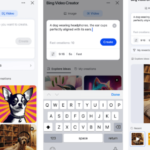




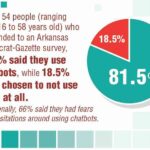
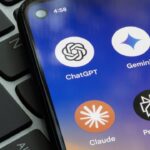








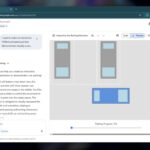

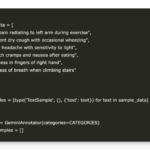


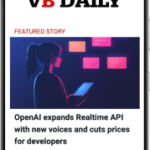





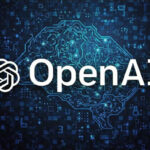


















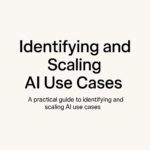
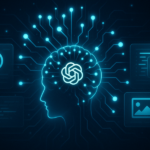

















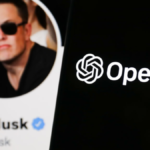
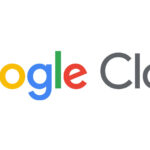
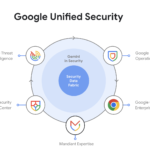








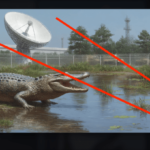











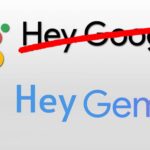







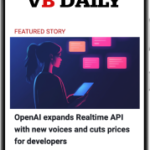







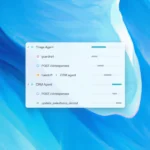












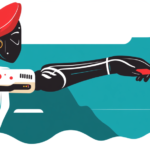













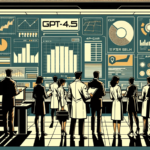




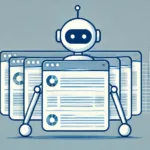

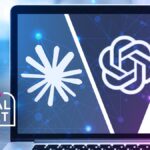

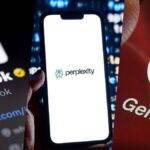


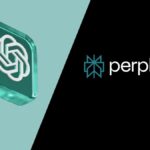
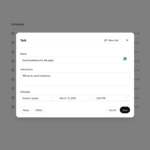







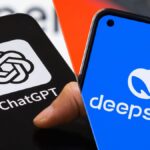
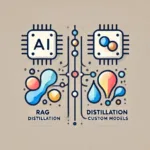












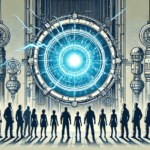



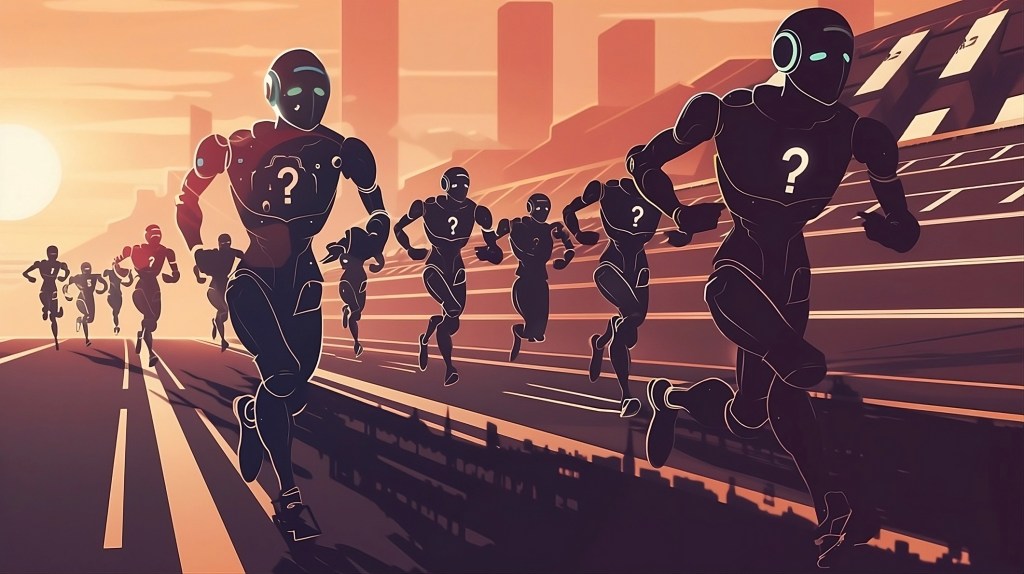










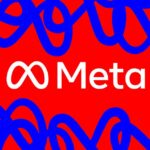












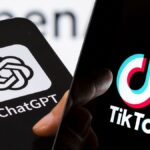



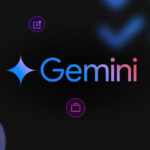


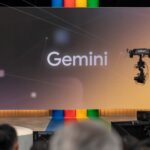























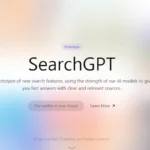






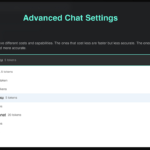
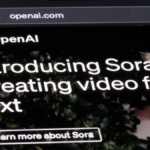

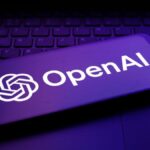









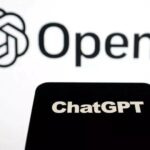









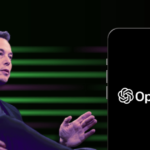















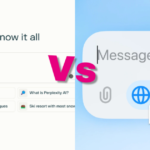


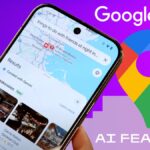
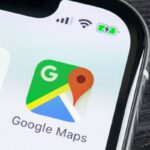
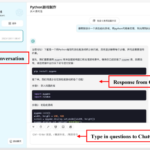

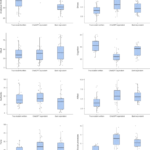
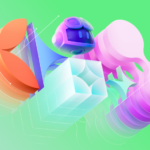





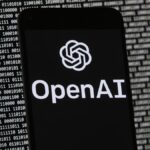


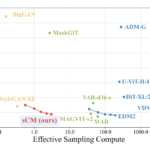






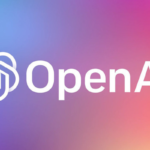





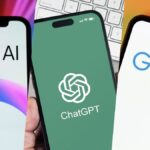
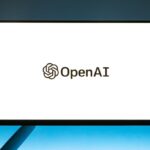


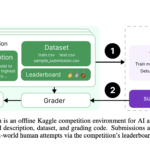
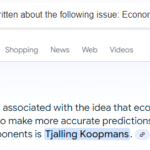


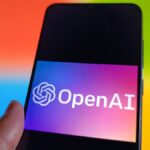

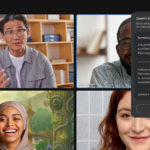

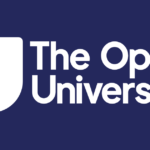


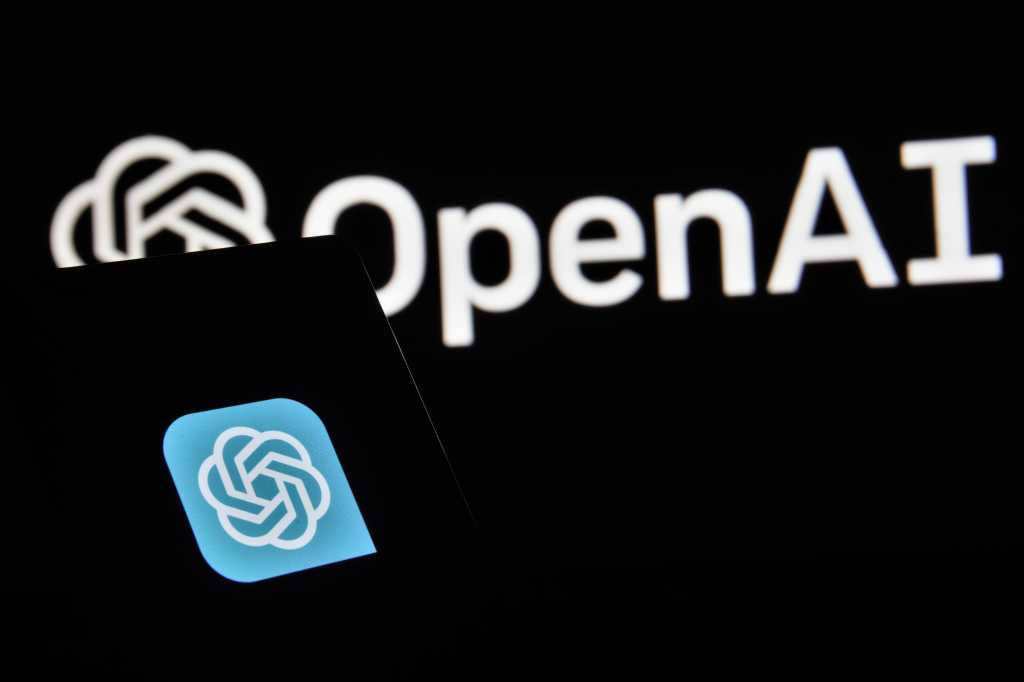
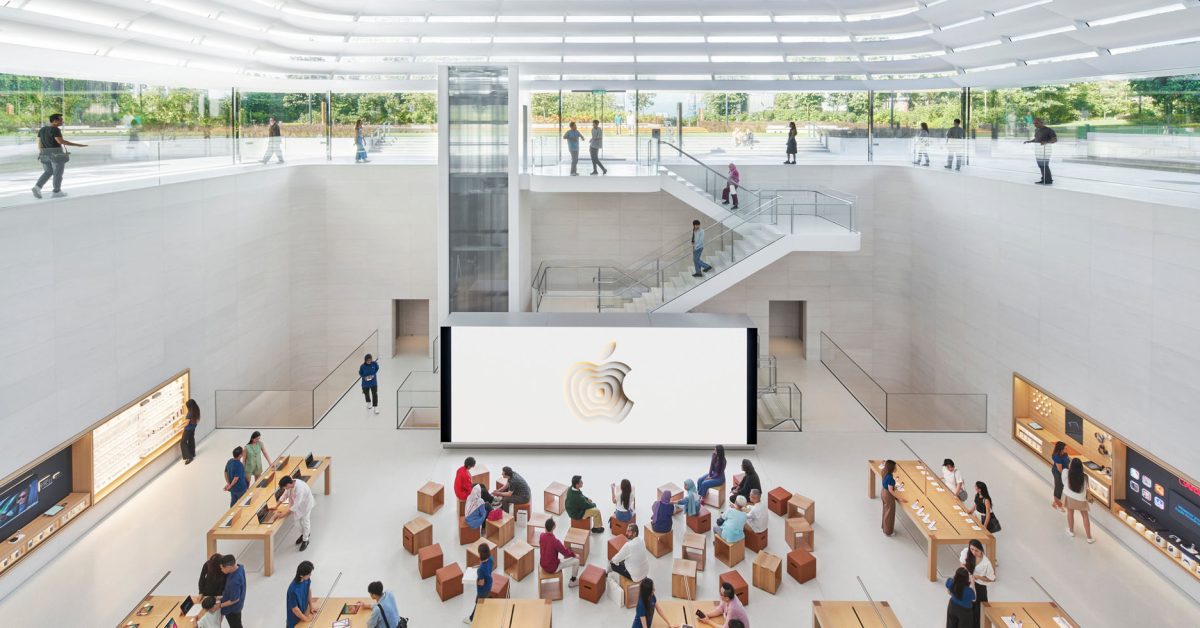
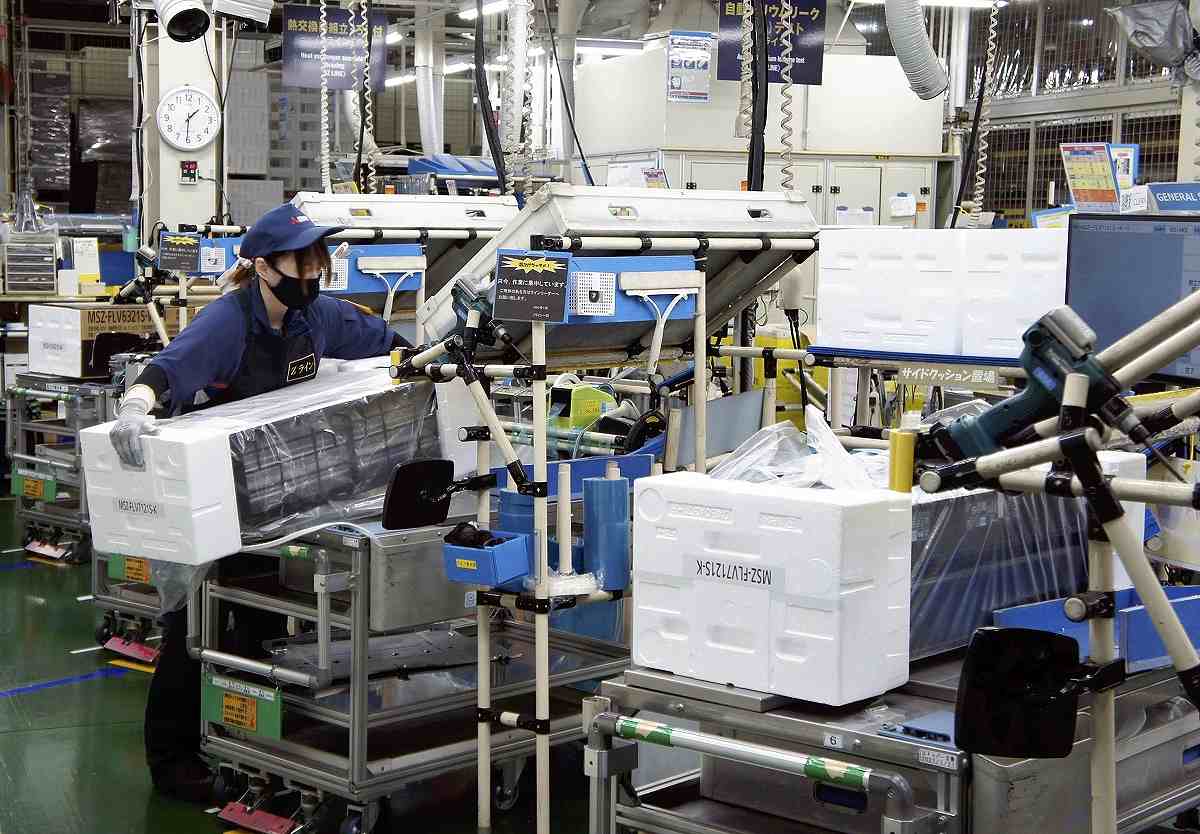

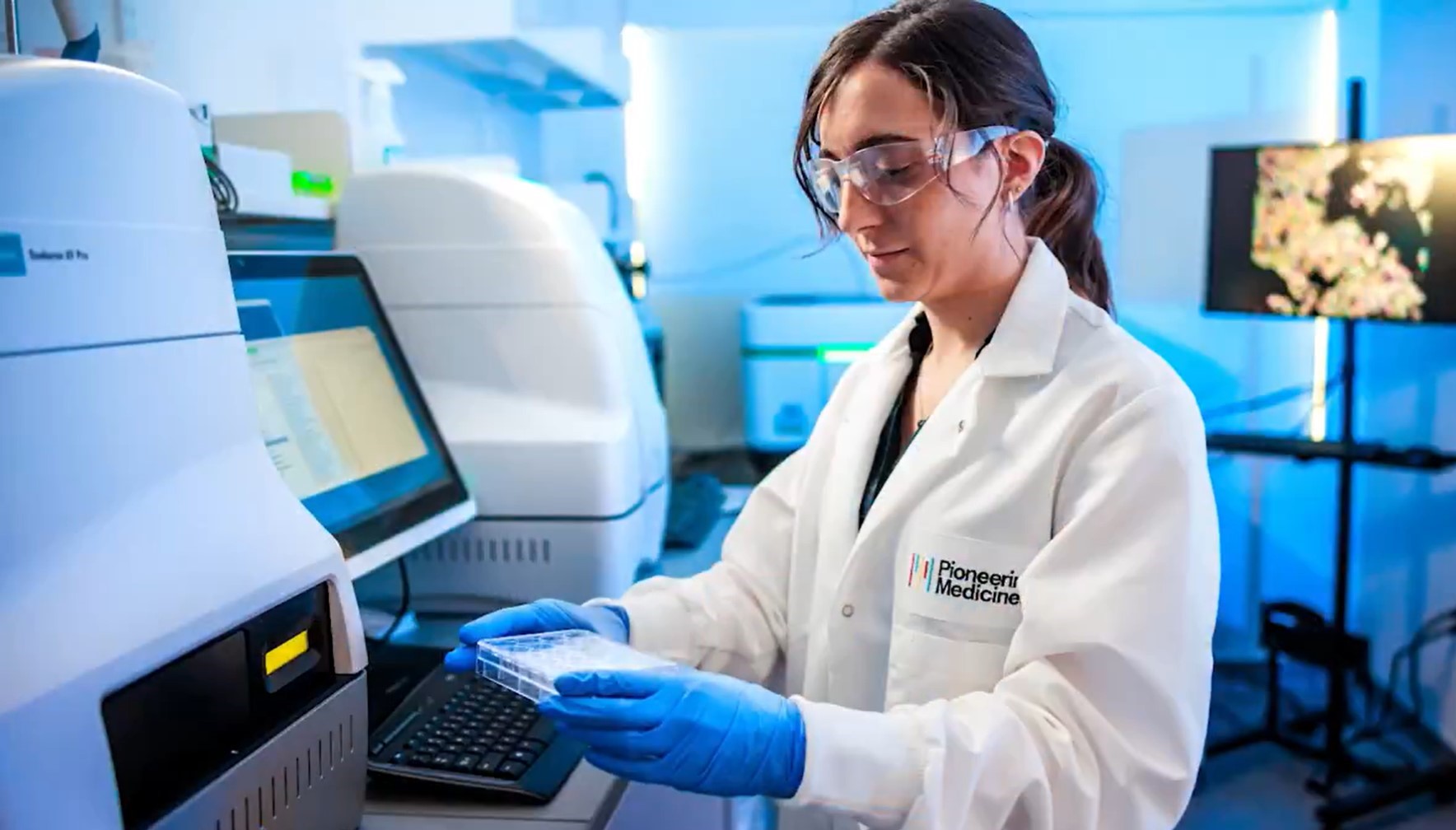
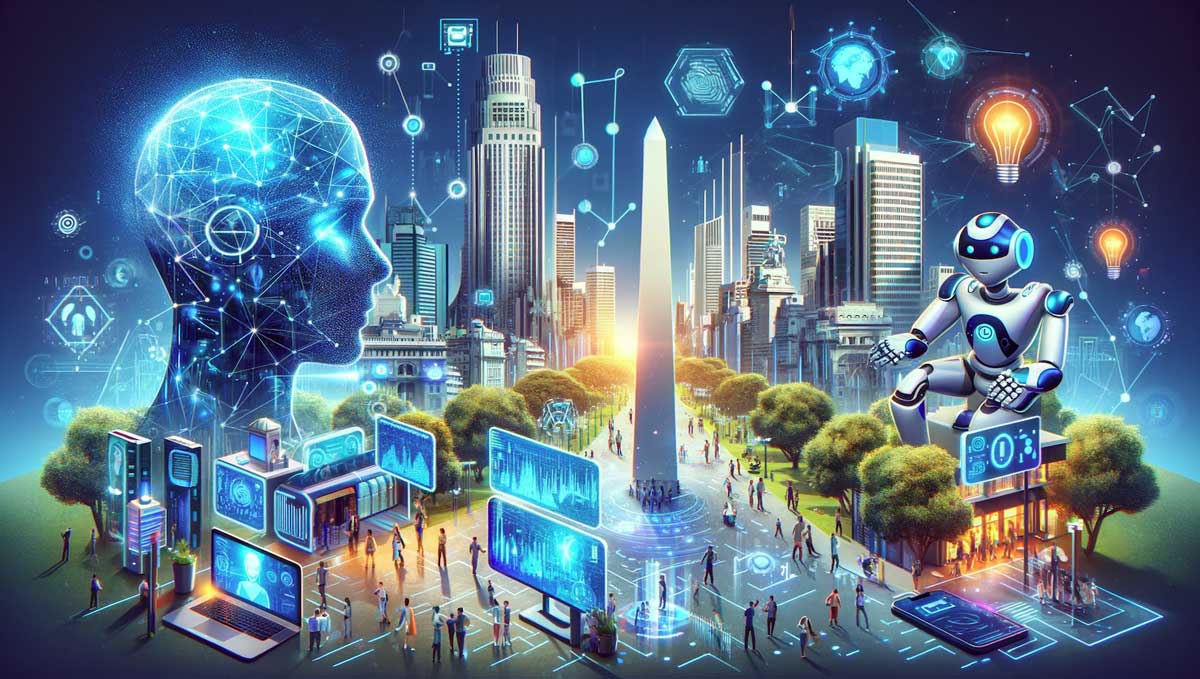
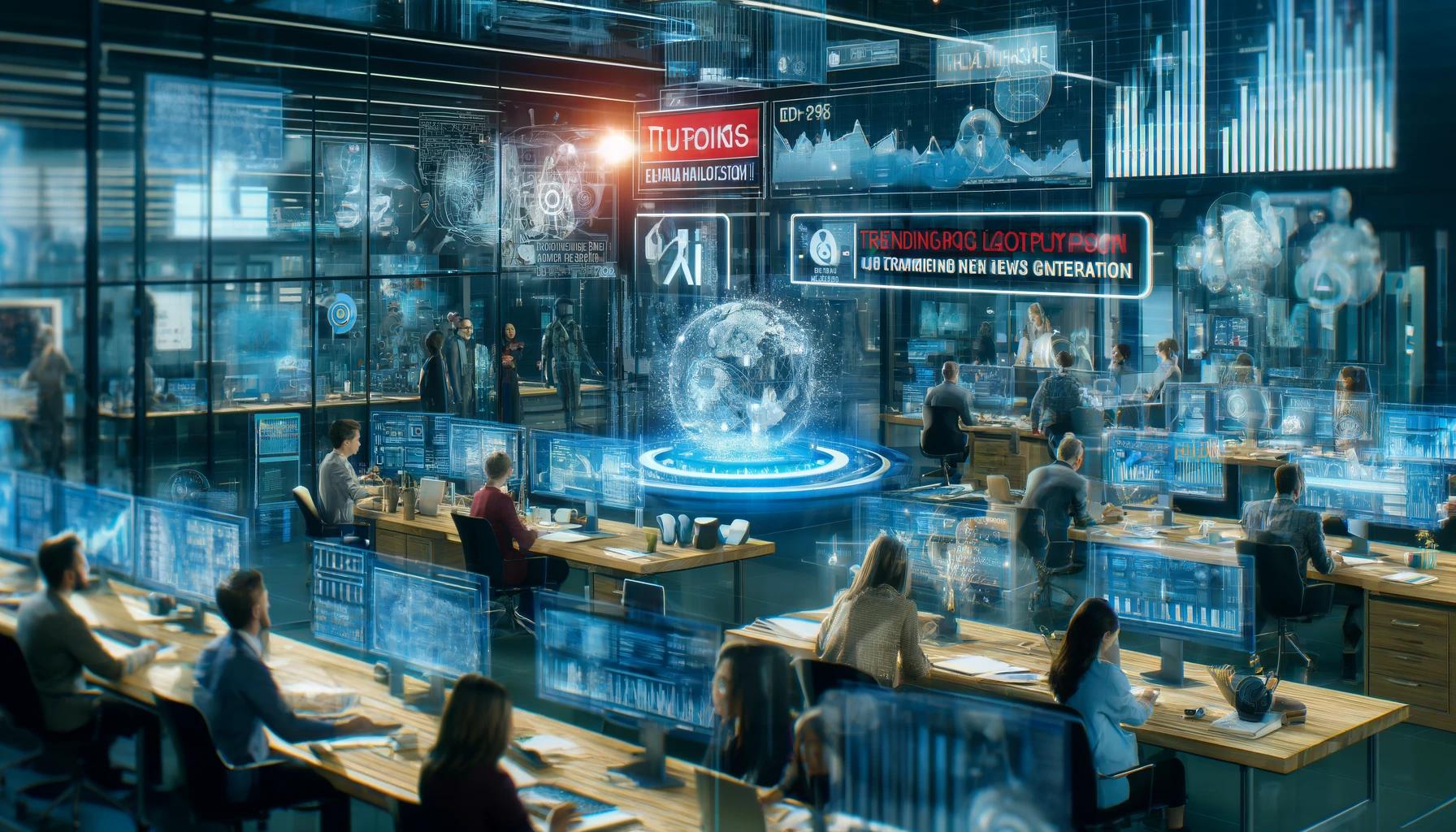
Trending
-

 Startups2 años ago
Startups2 años agoRemove.bg: La Revolución en la Edición de Imágenes que Debes Conocer
-
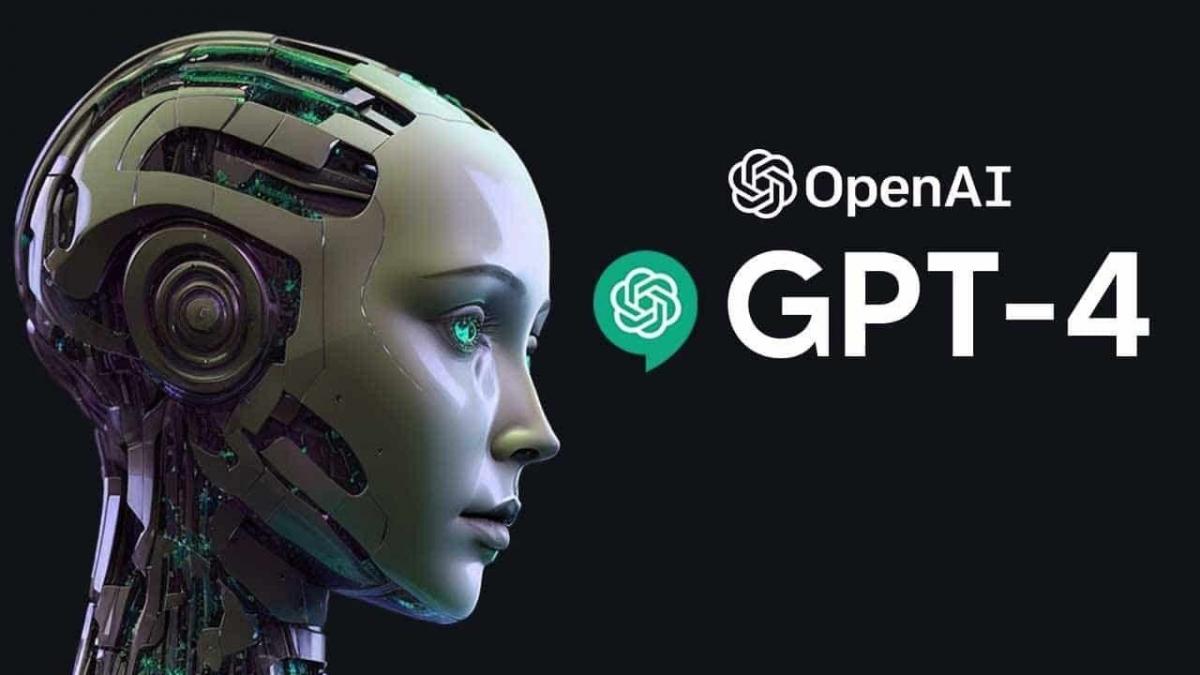
 Tutoriales2 años ago
Tutoriales2 años agoCómo Comenzar a Utilizar ChatGPT: Una Guía Completa para Principiantes
-

 Startups1 año ago
Startups1 año agoStartups de IA en EE.UU. que han recaudado más de $100M en 2024
-
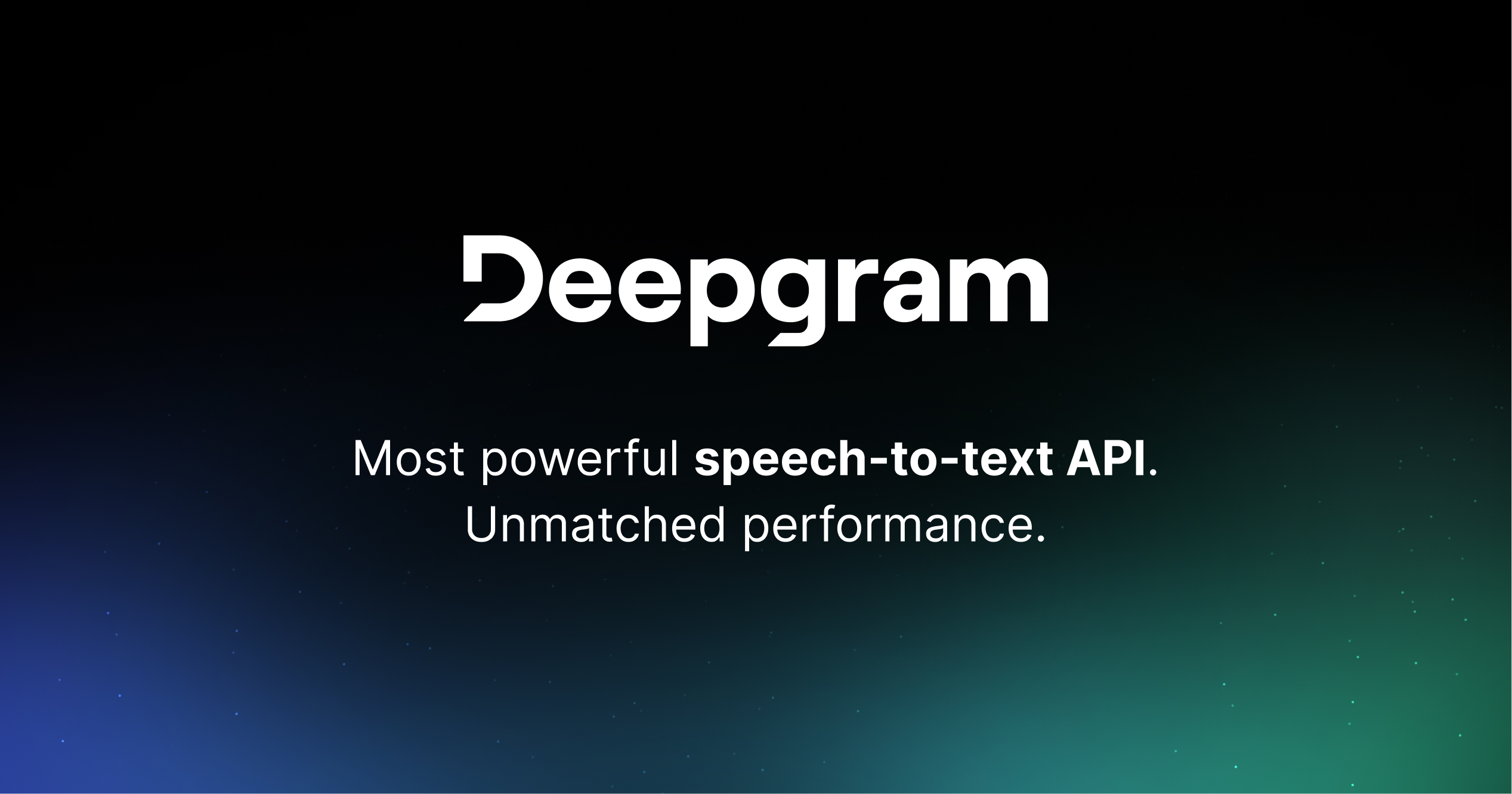
 Startups2 años ago
Startups2 años agoDeepgram: Revolucionando el Reconocimiento de Voz con IA
-

 Recursos2 años ago
Recursos2 años agoCómo Empezar con Popai.pro: Tu Espacio Personal de IA – Guía Completa, Instalación, Versiones y Precios
-

 Recursos2 años ago
Recursos2 años agoPerplexity aplicado al Marketing Digital y Estrategias SEO
-

 Estudiar IA2 años ago
Estudiar IA2 años agoCurso de Inteligencia Artificial de UC Berkeley estratégico para negocios
-
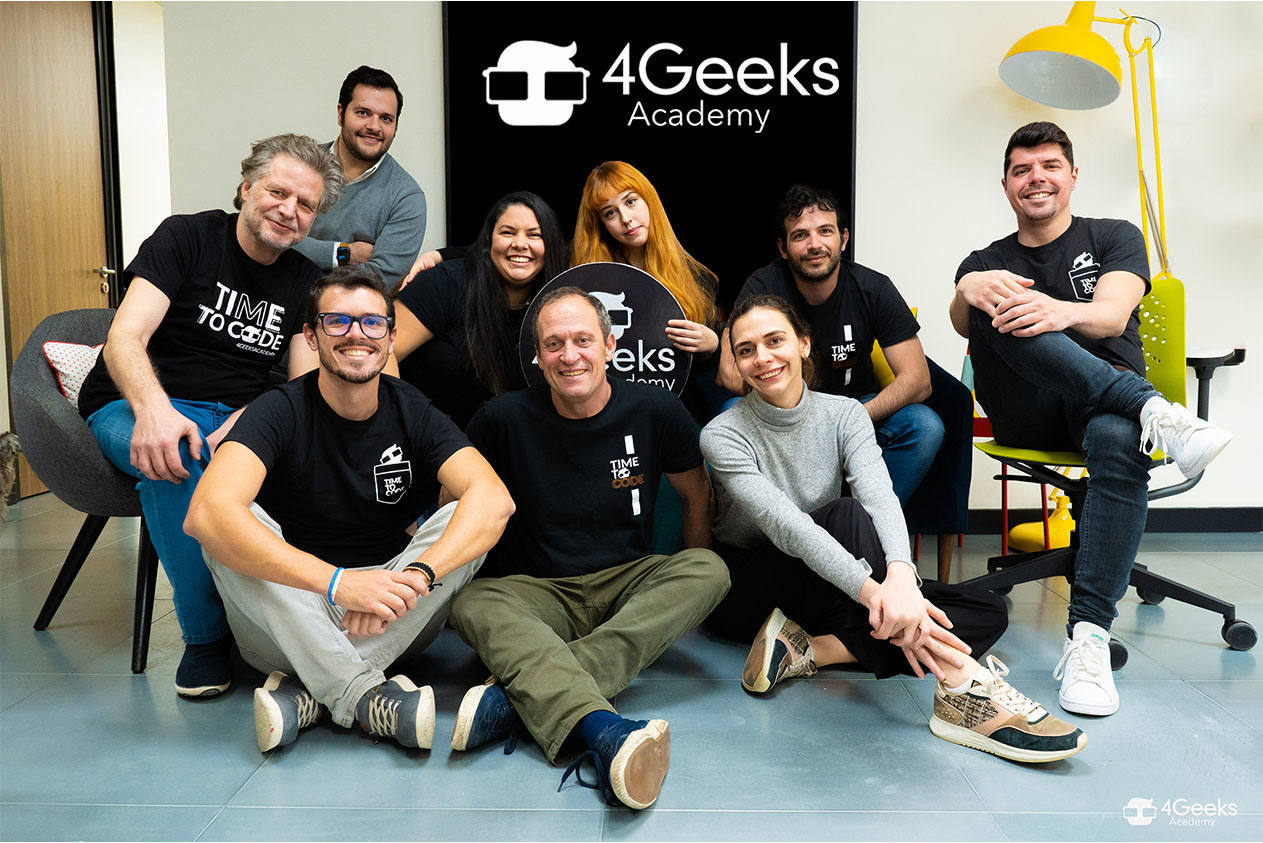
 Estudiar IA2 años ago
Estudiar IA2 años agoCurso de Inteligencia Artificial Aplicada de 4Geeks Academy 2024

